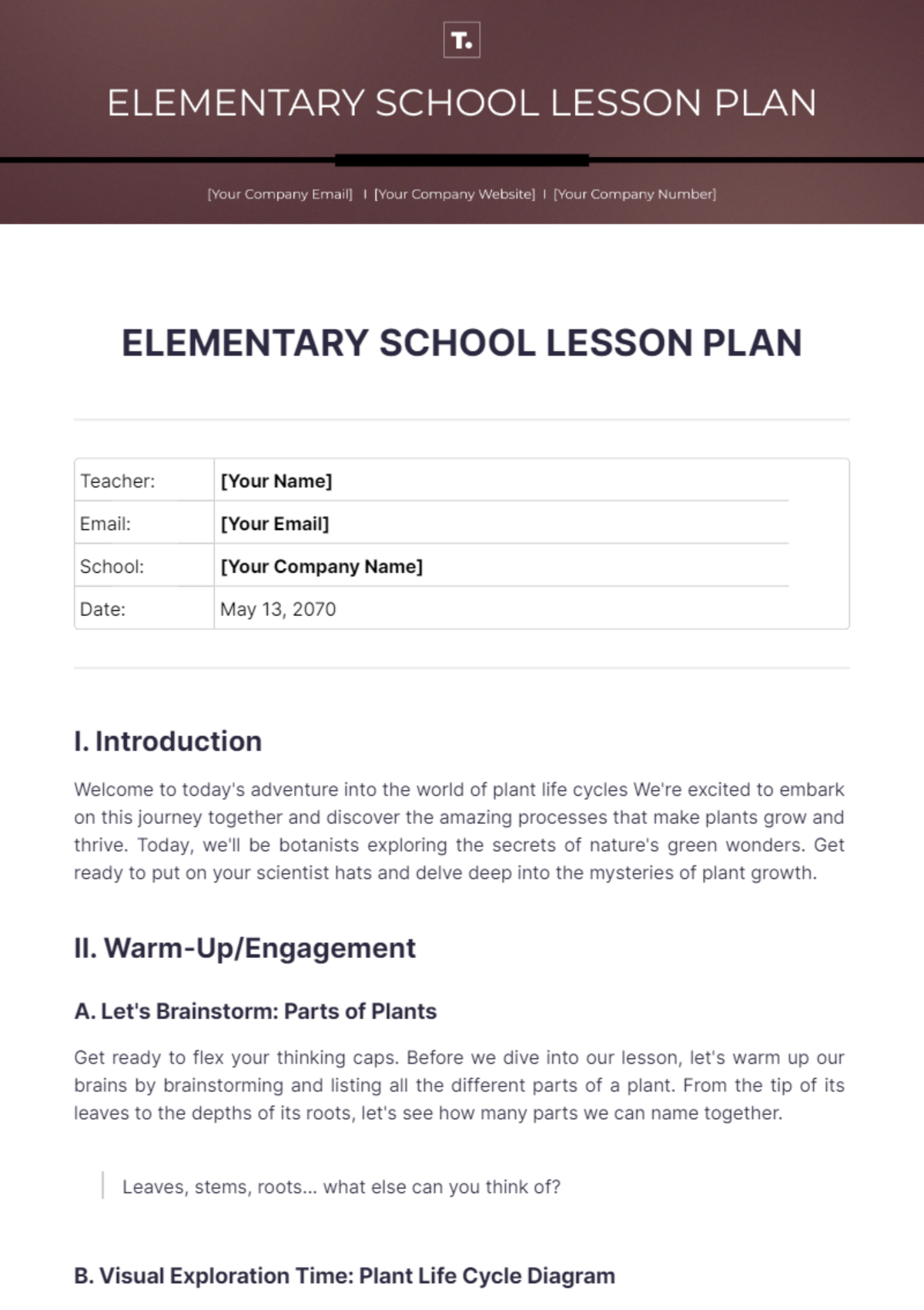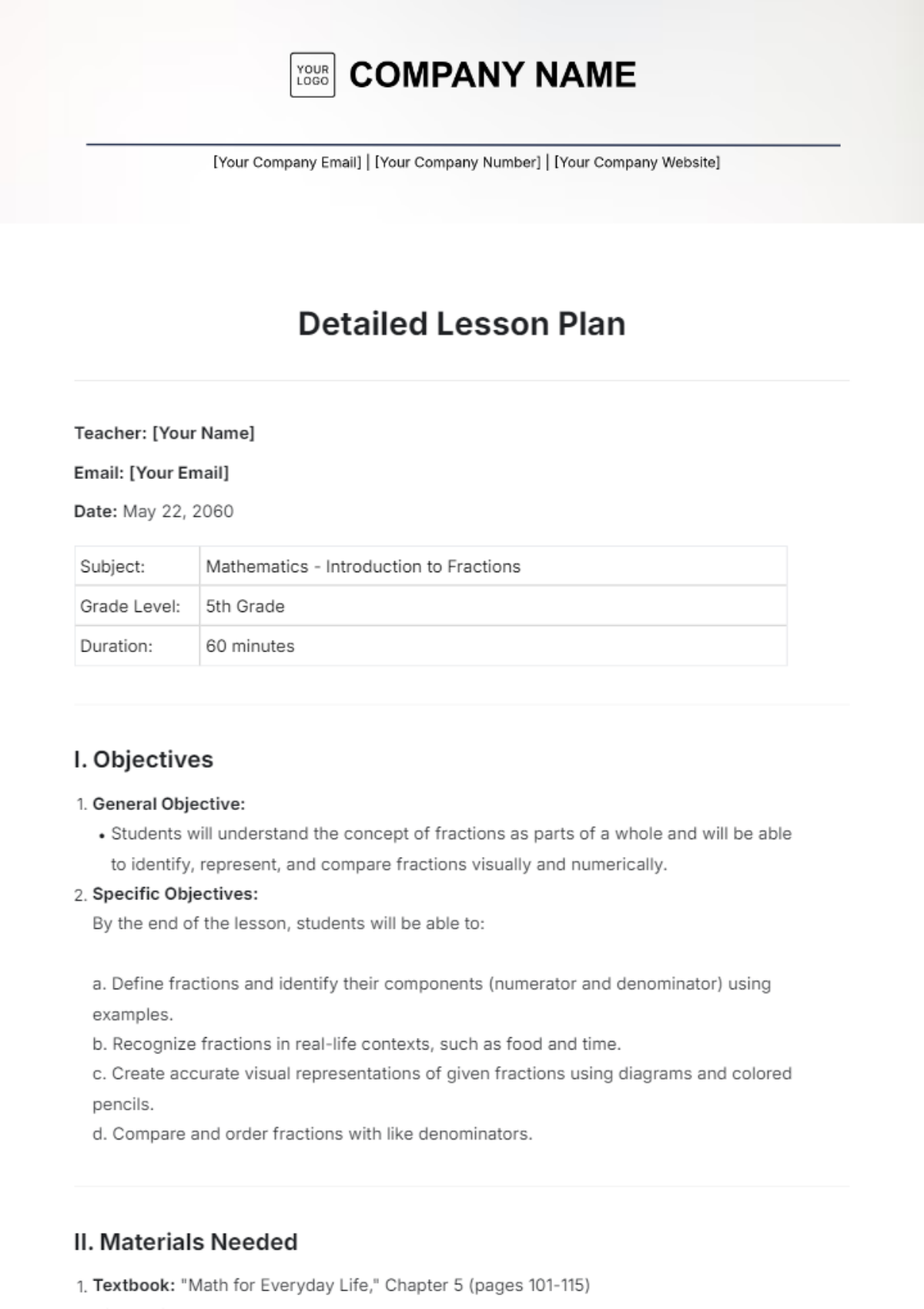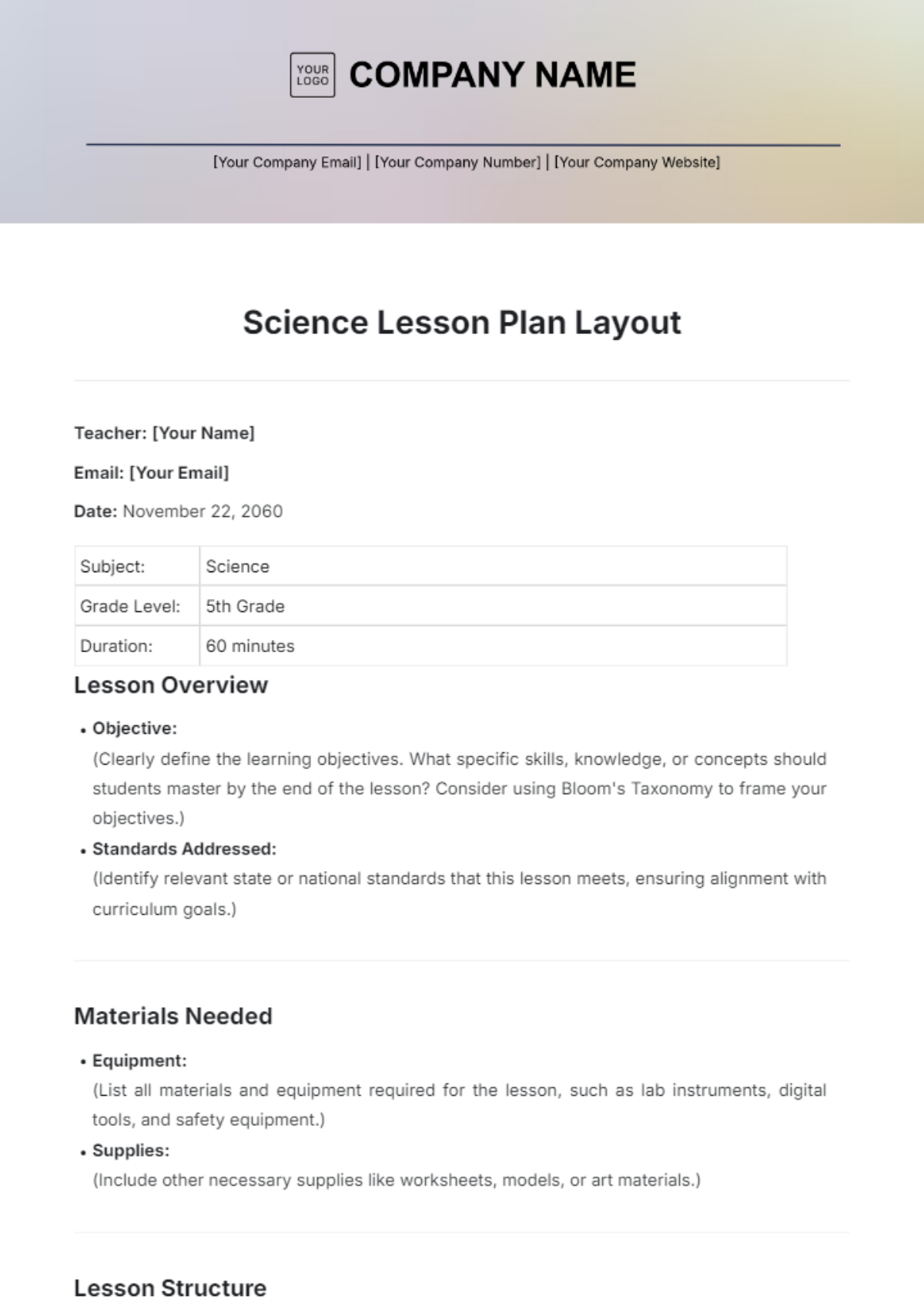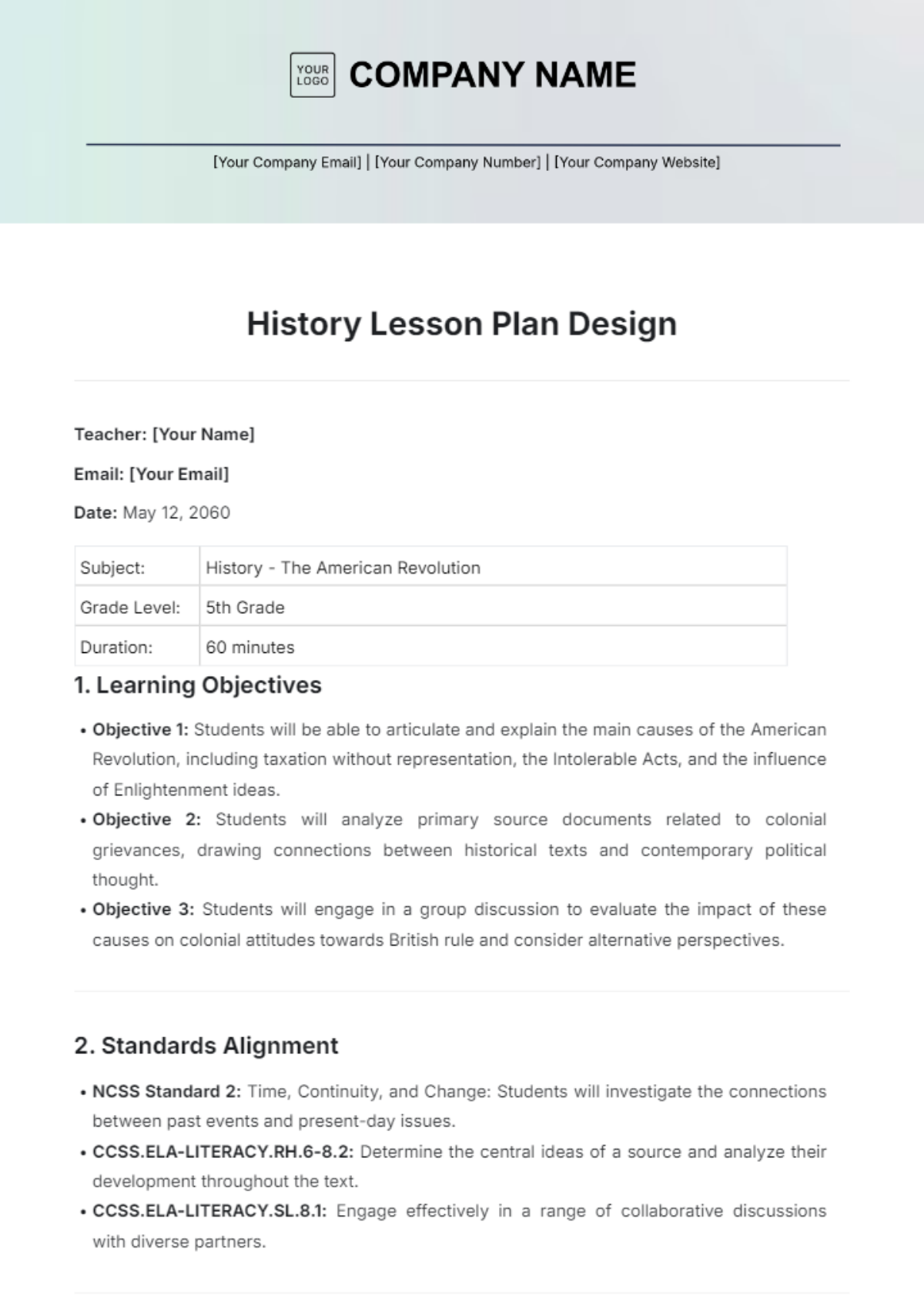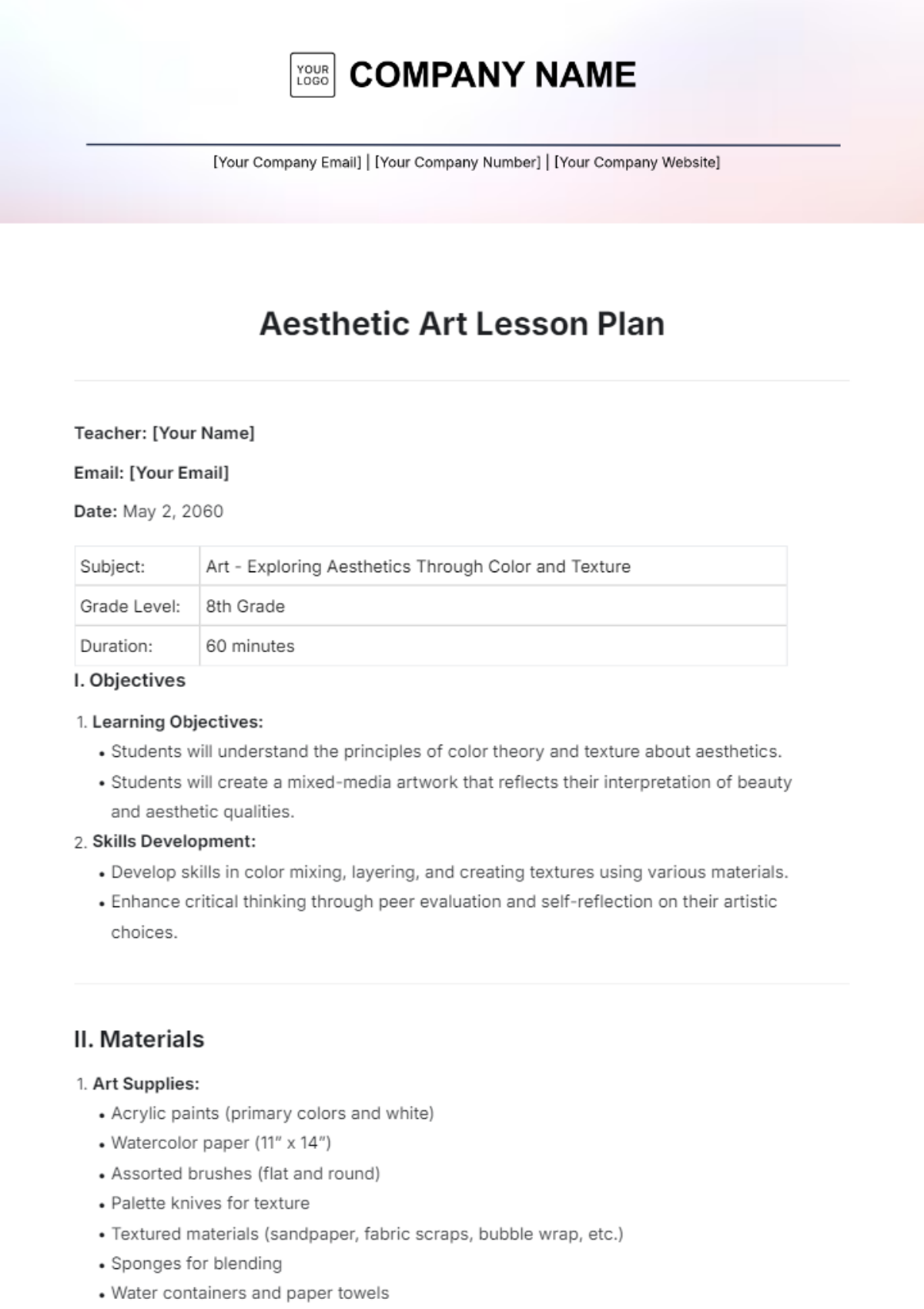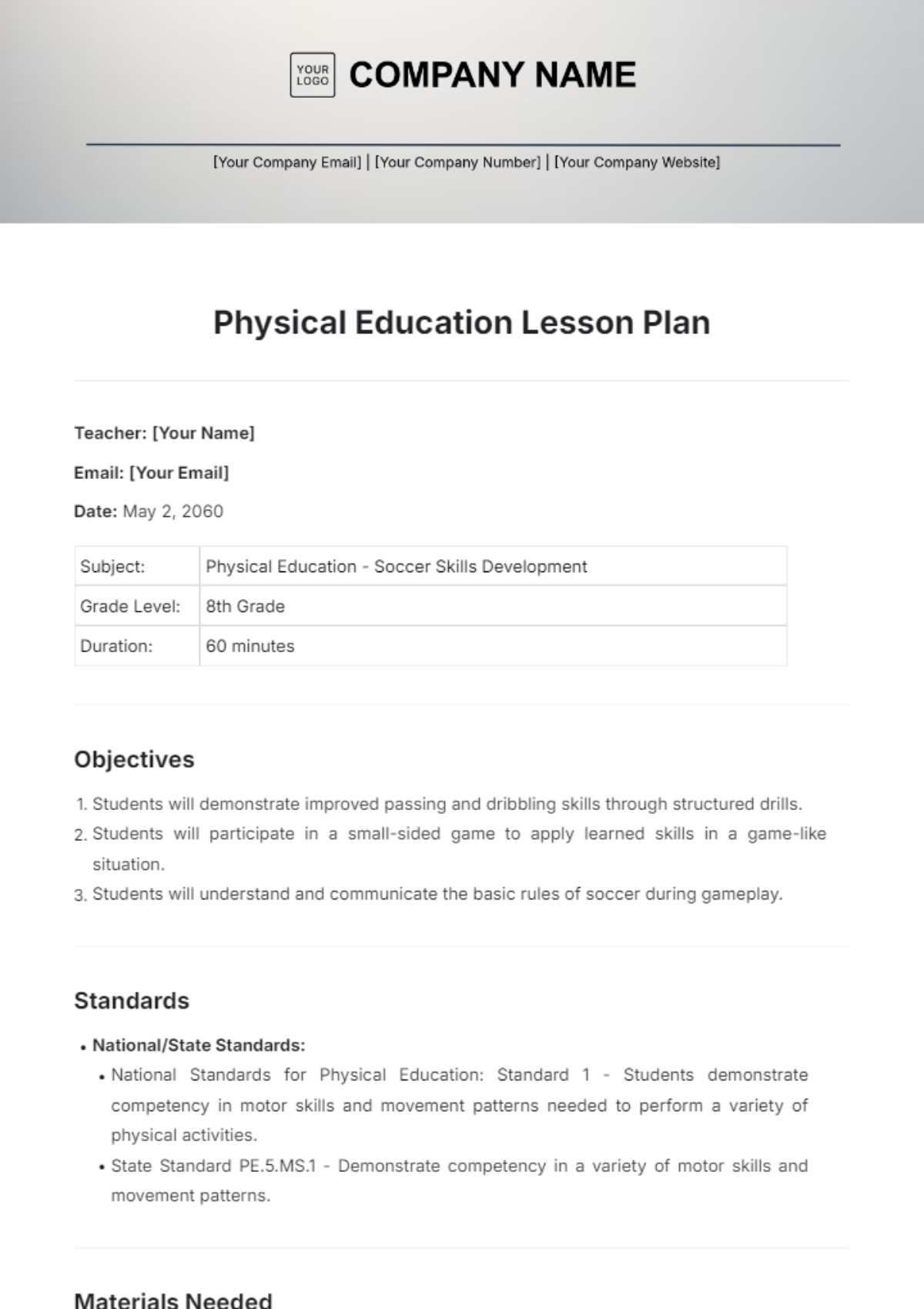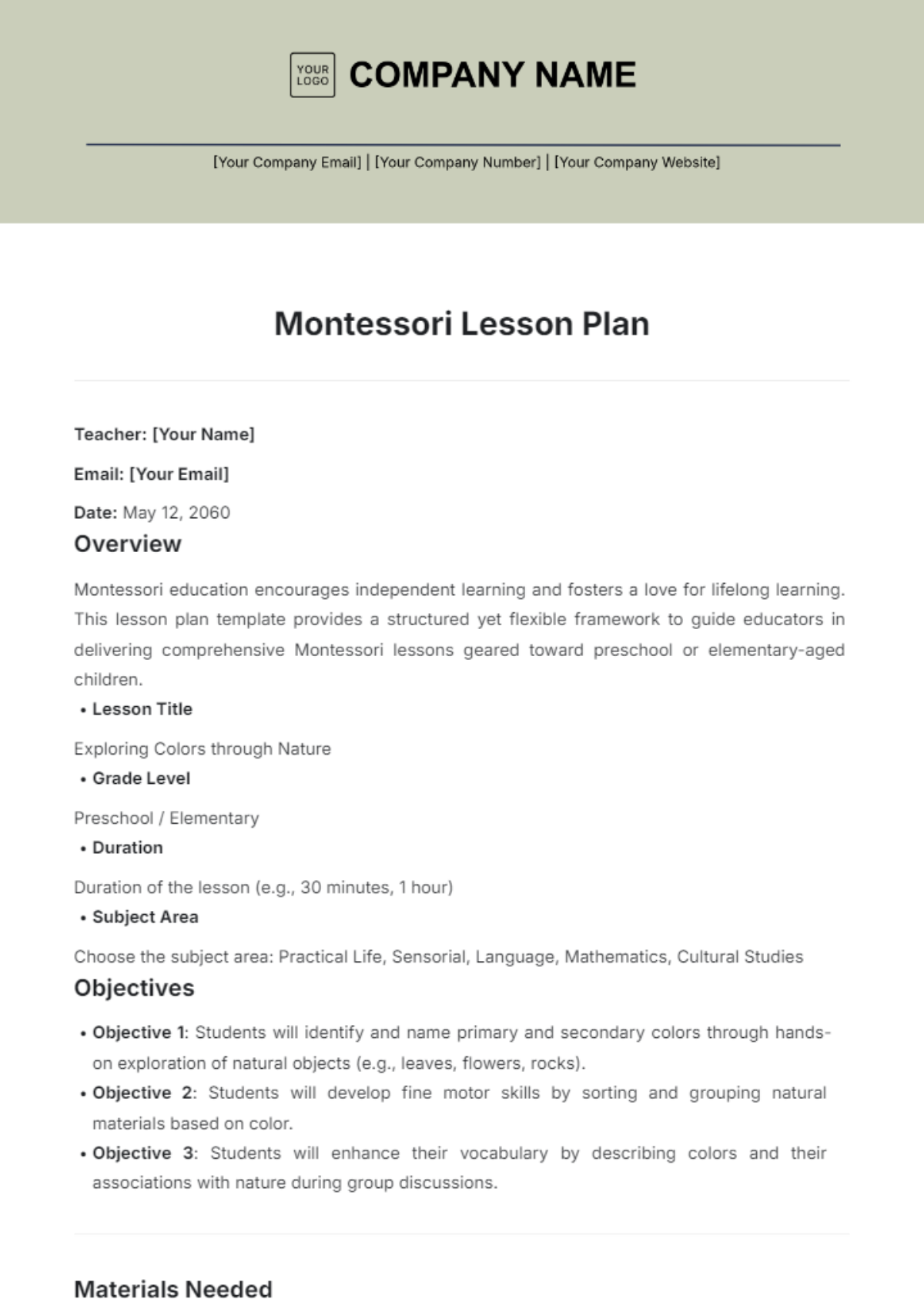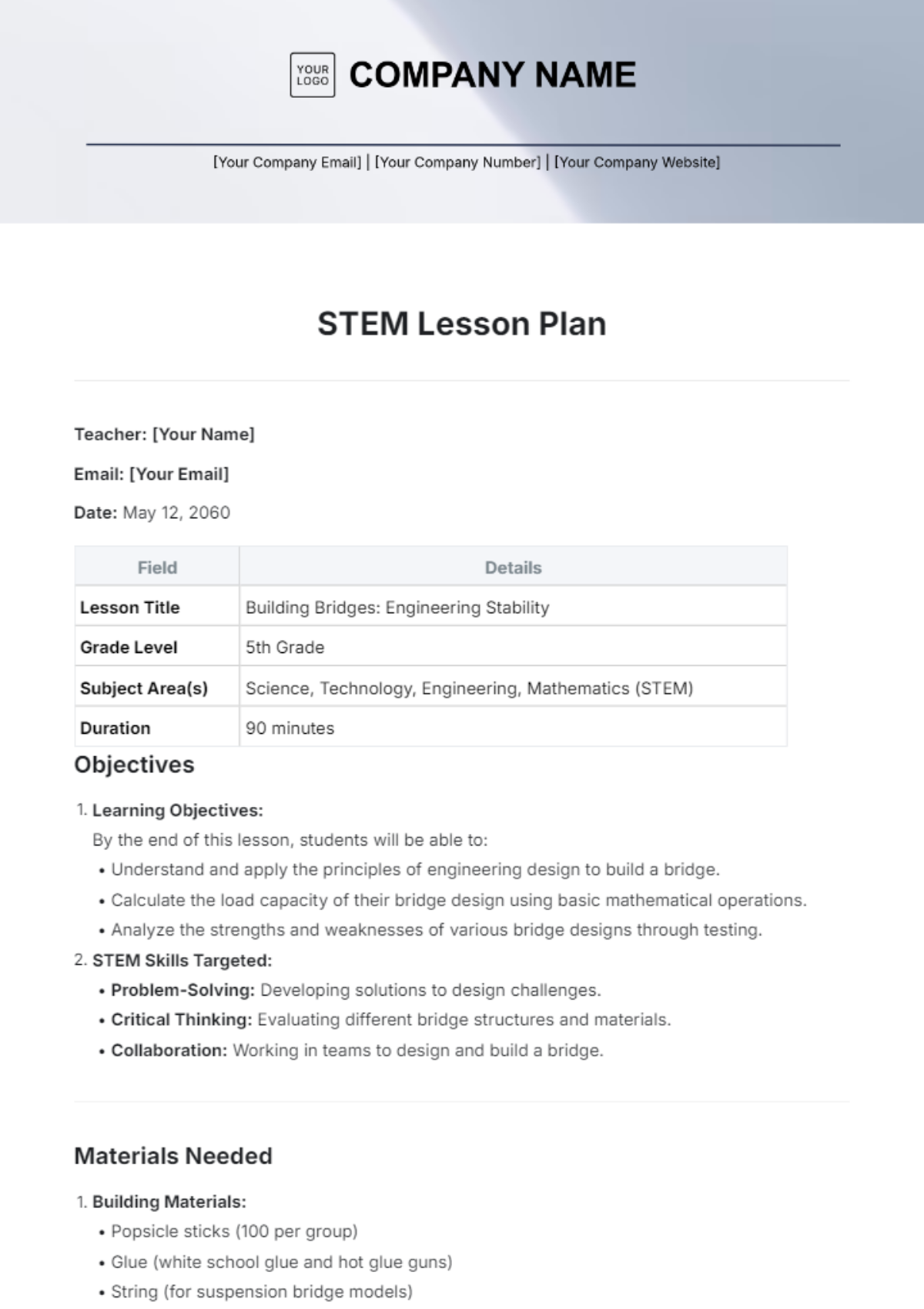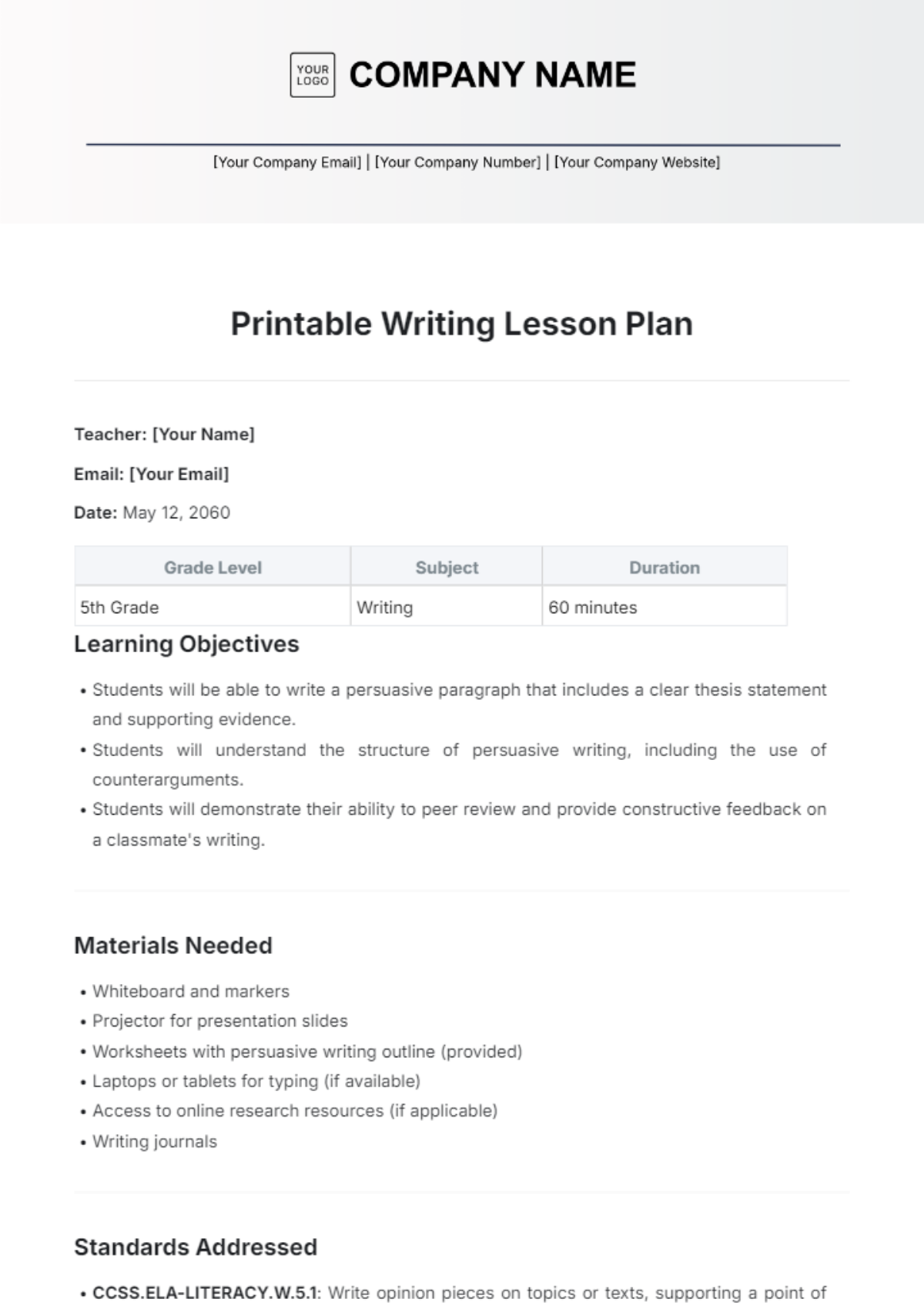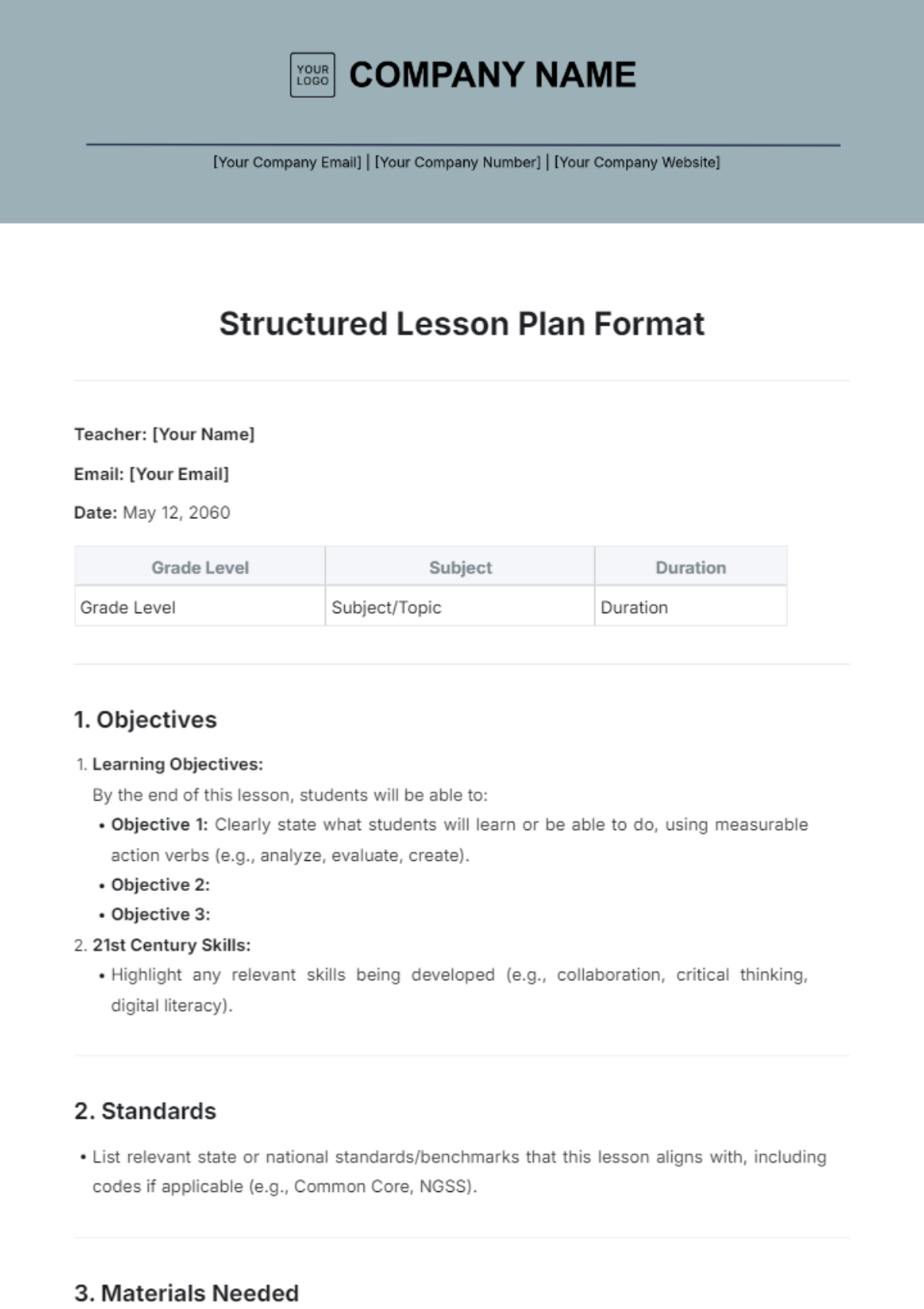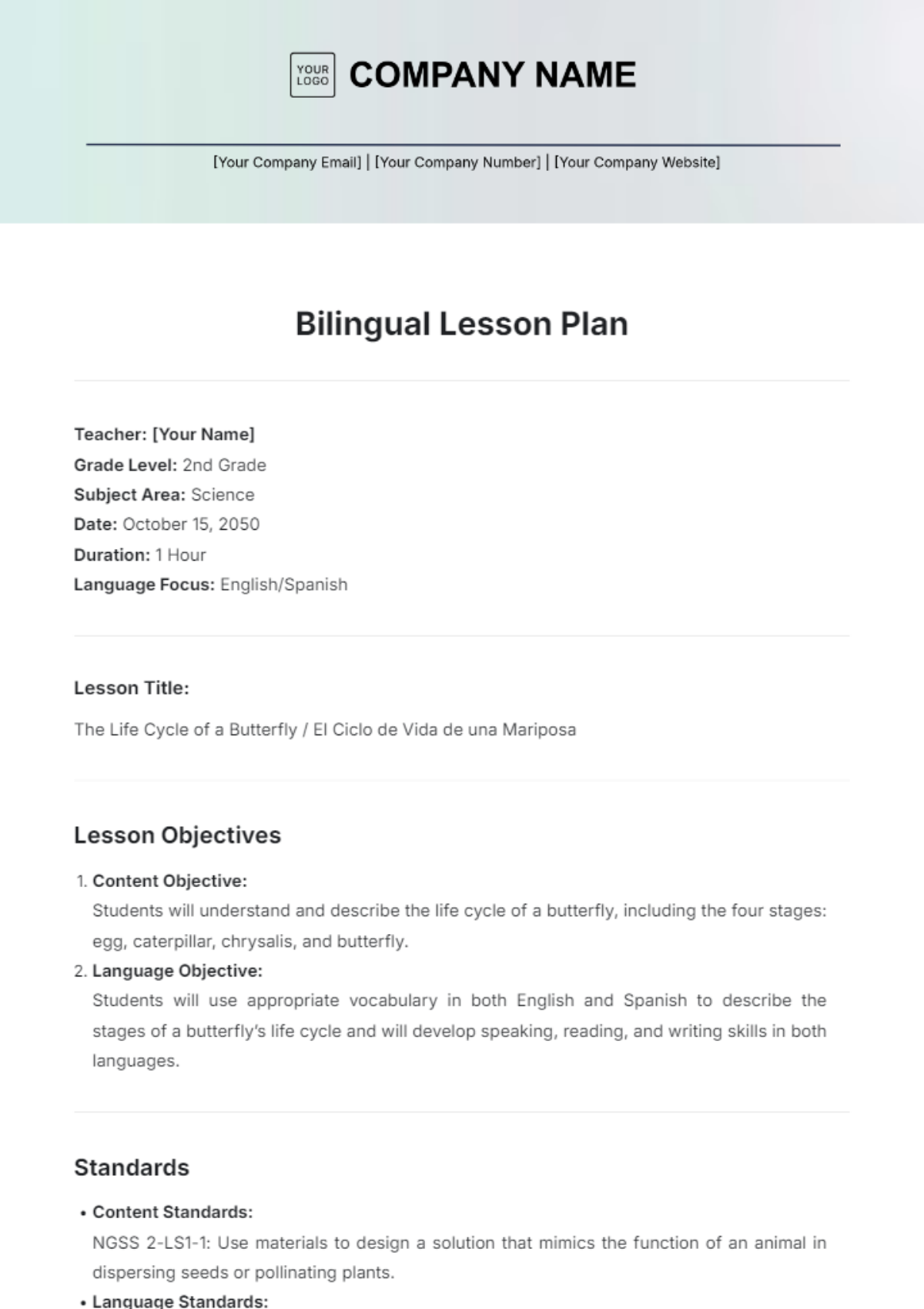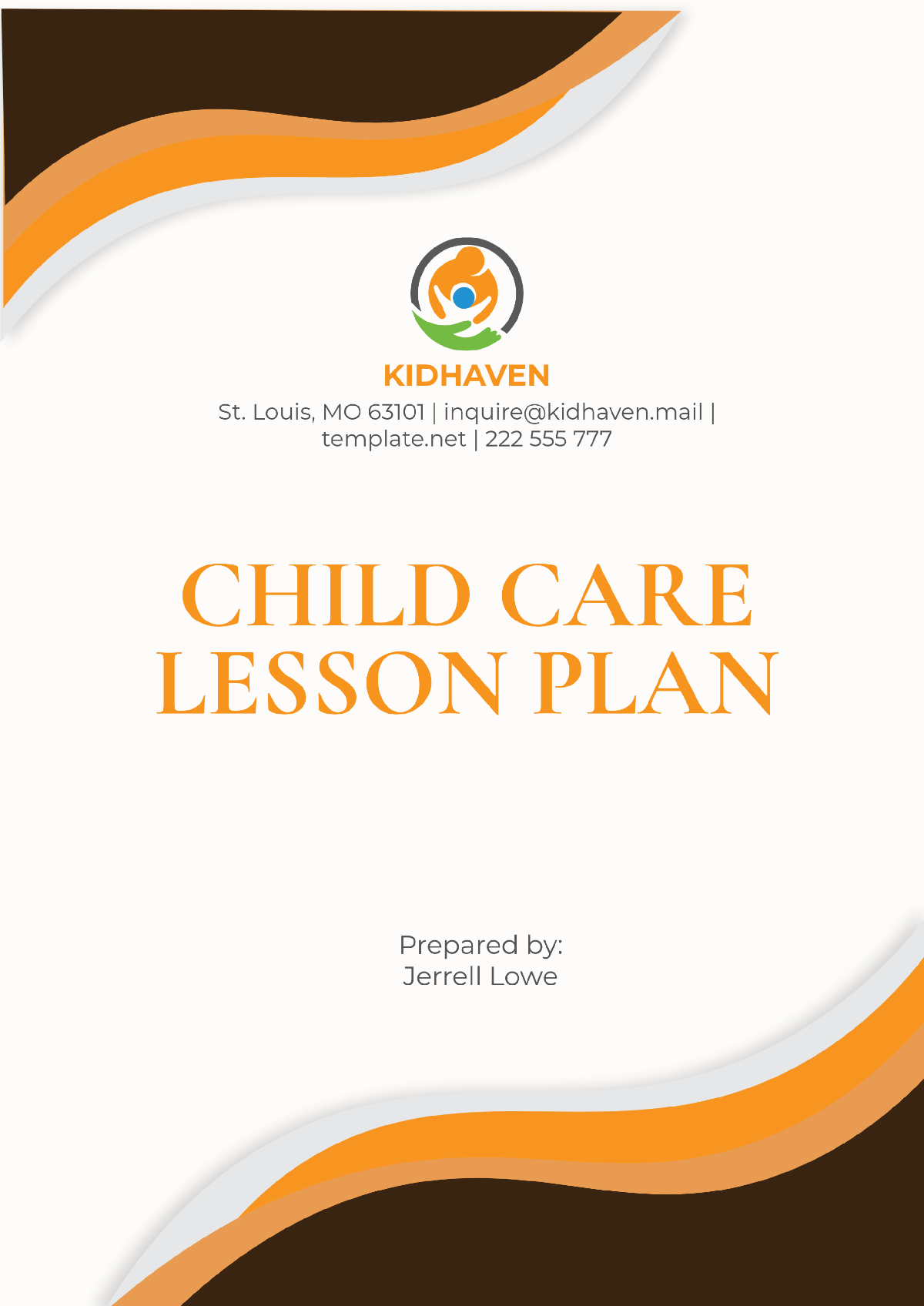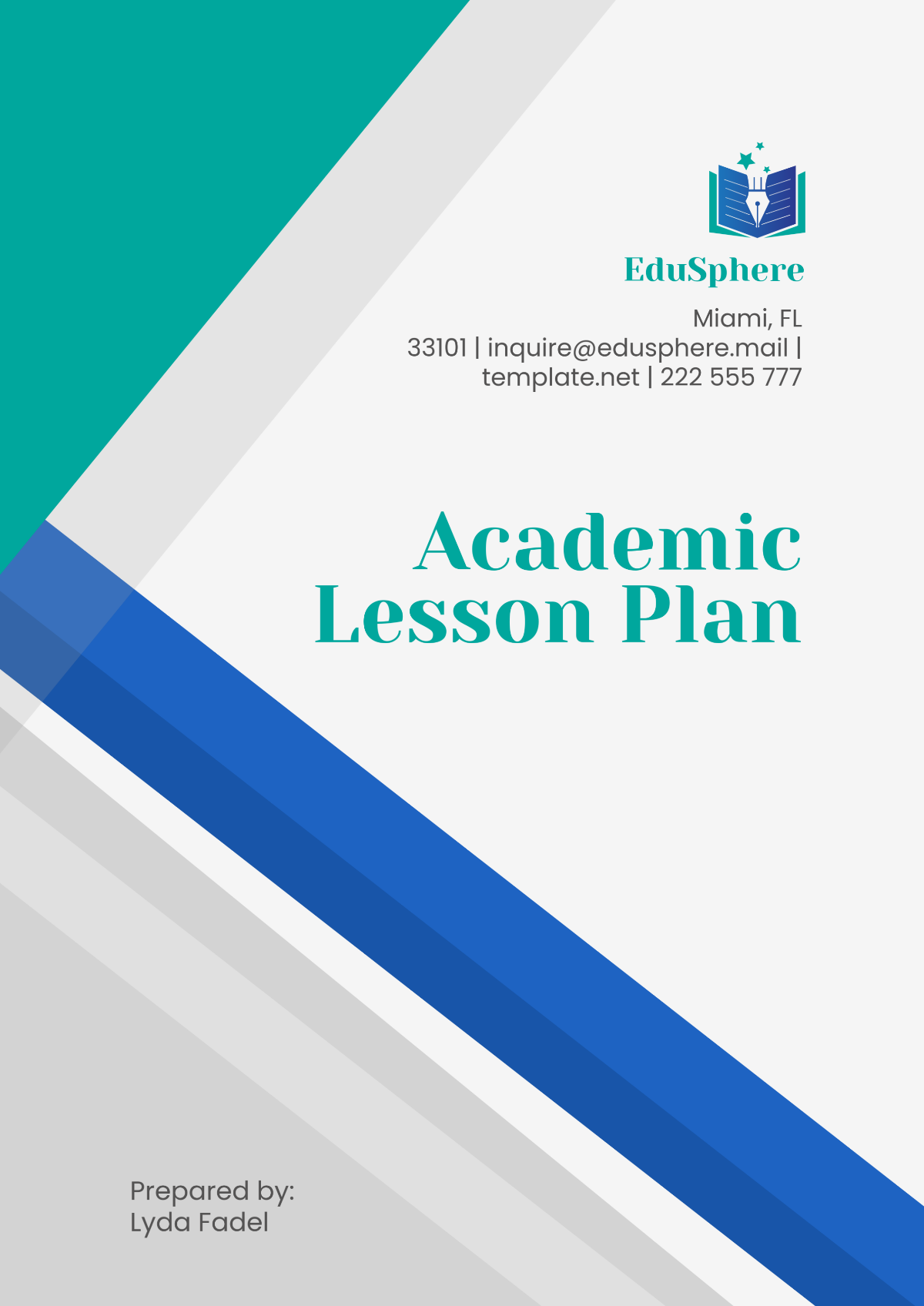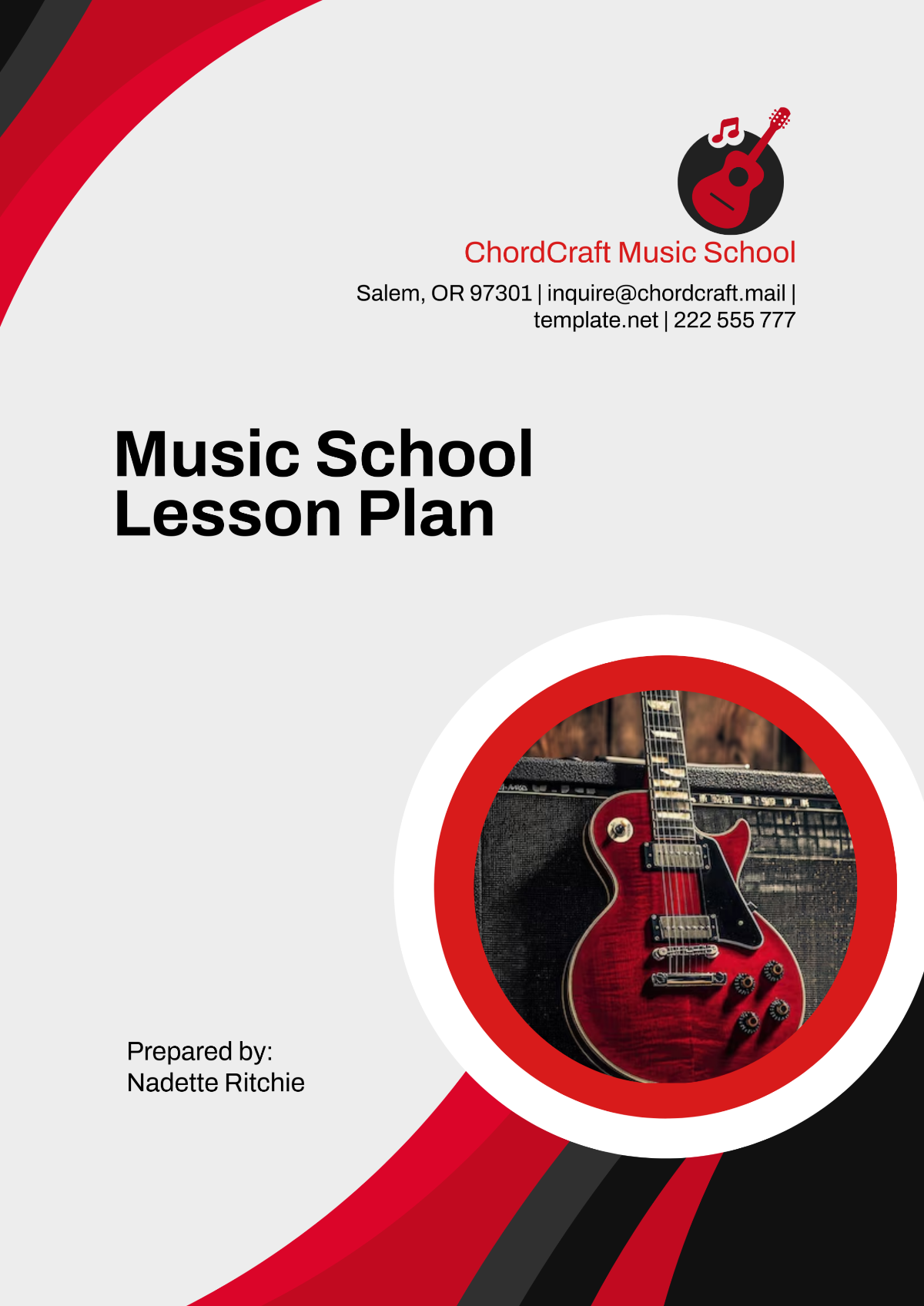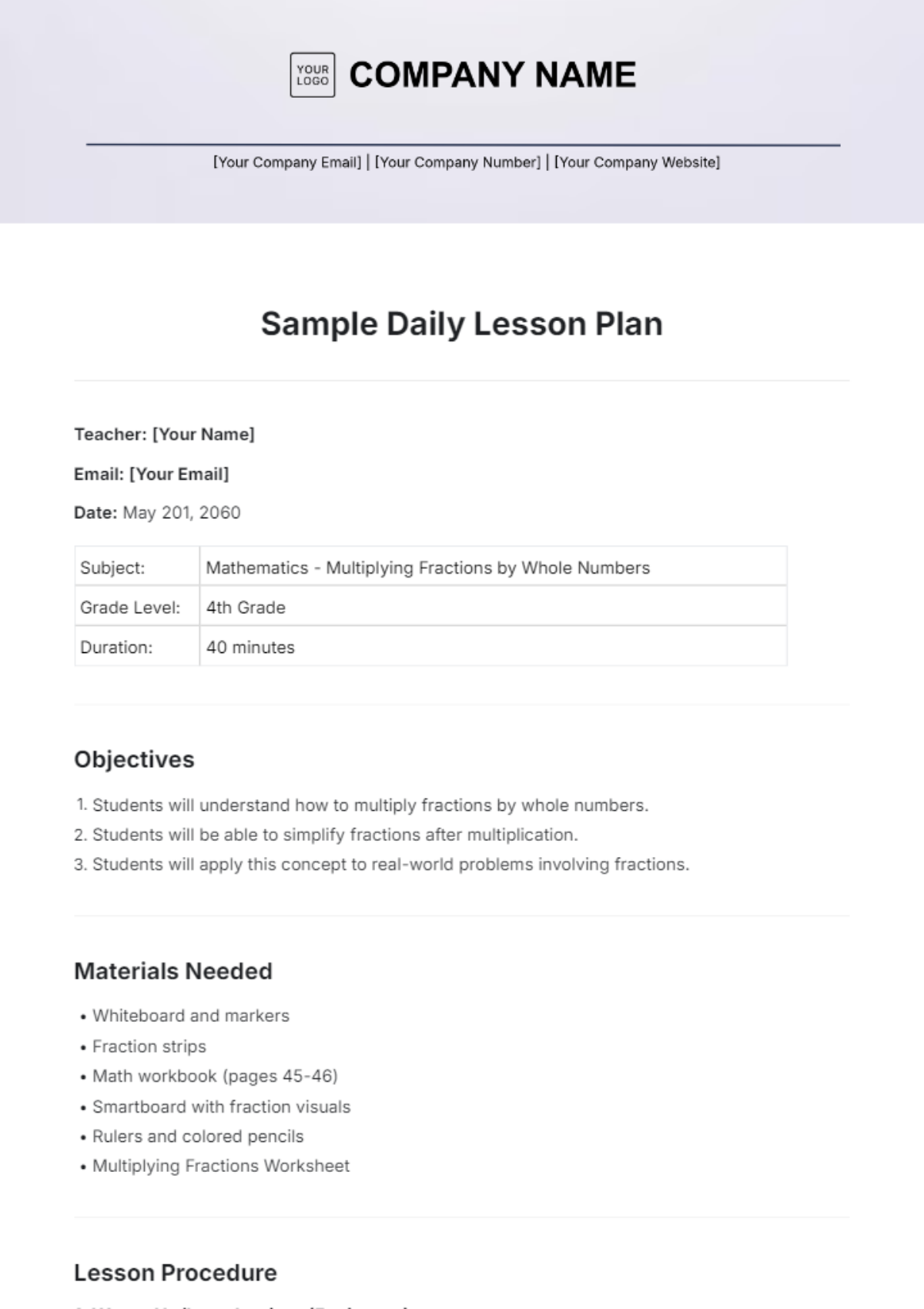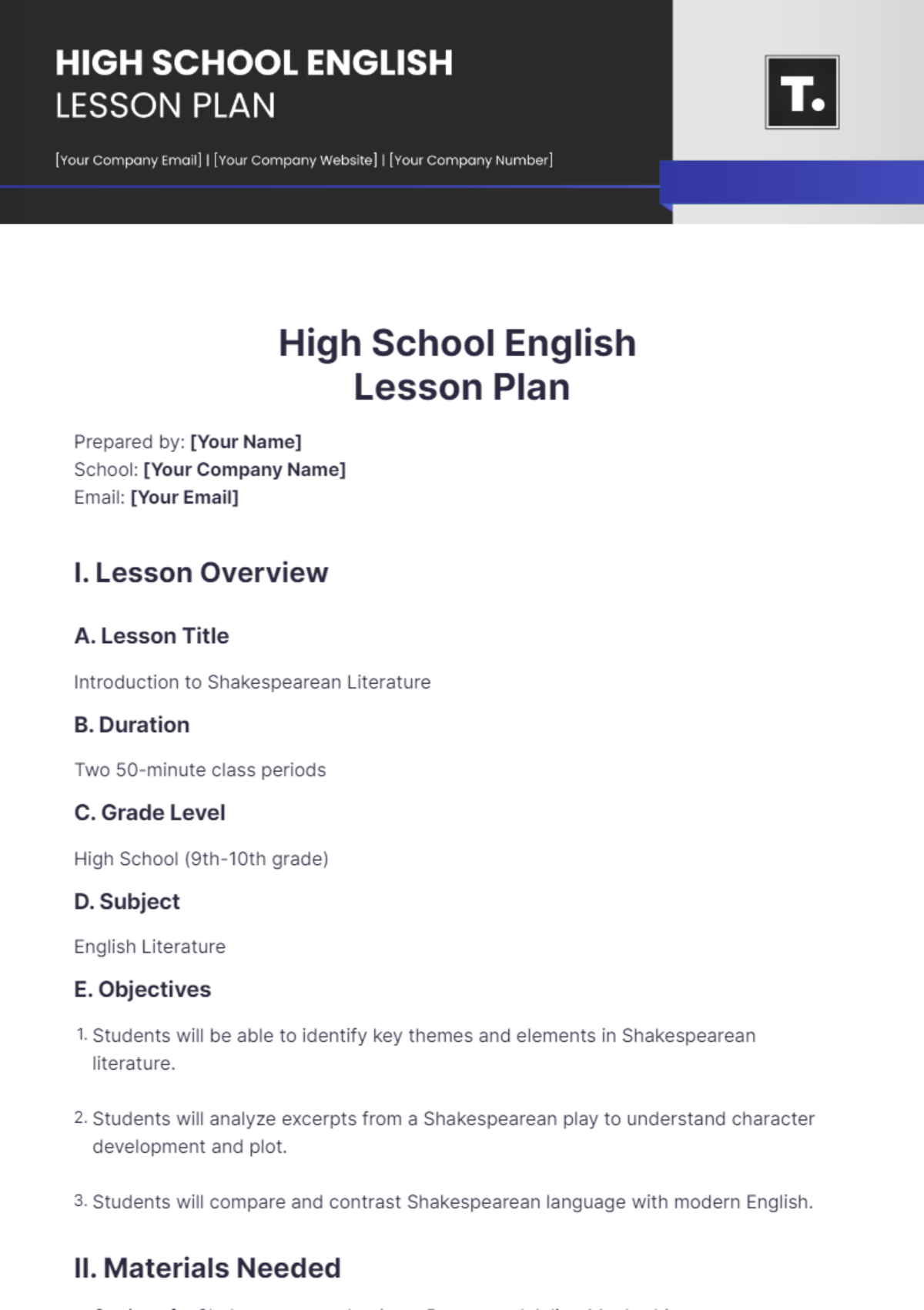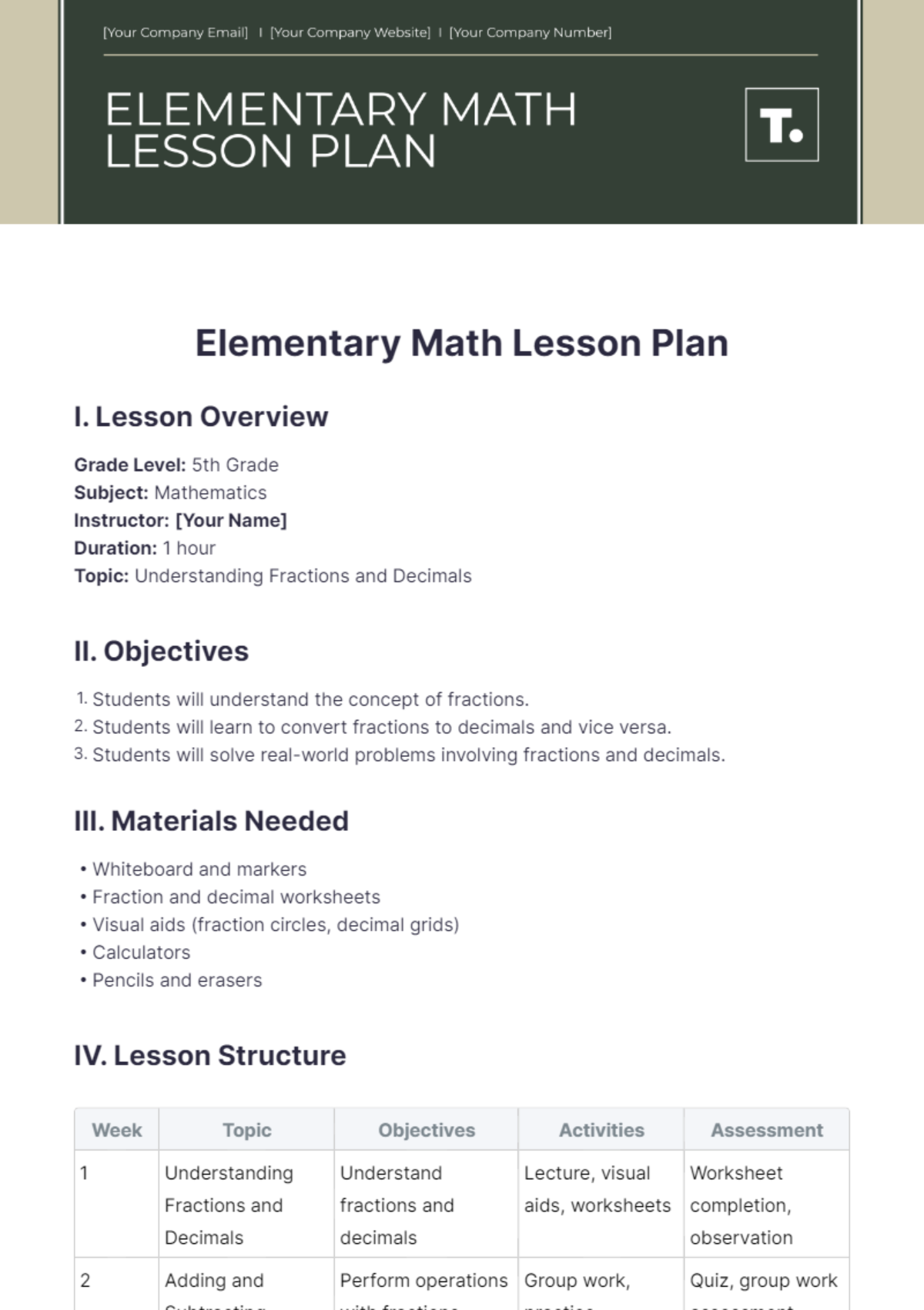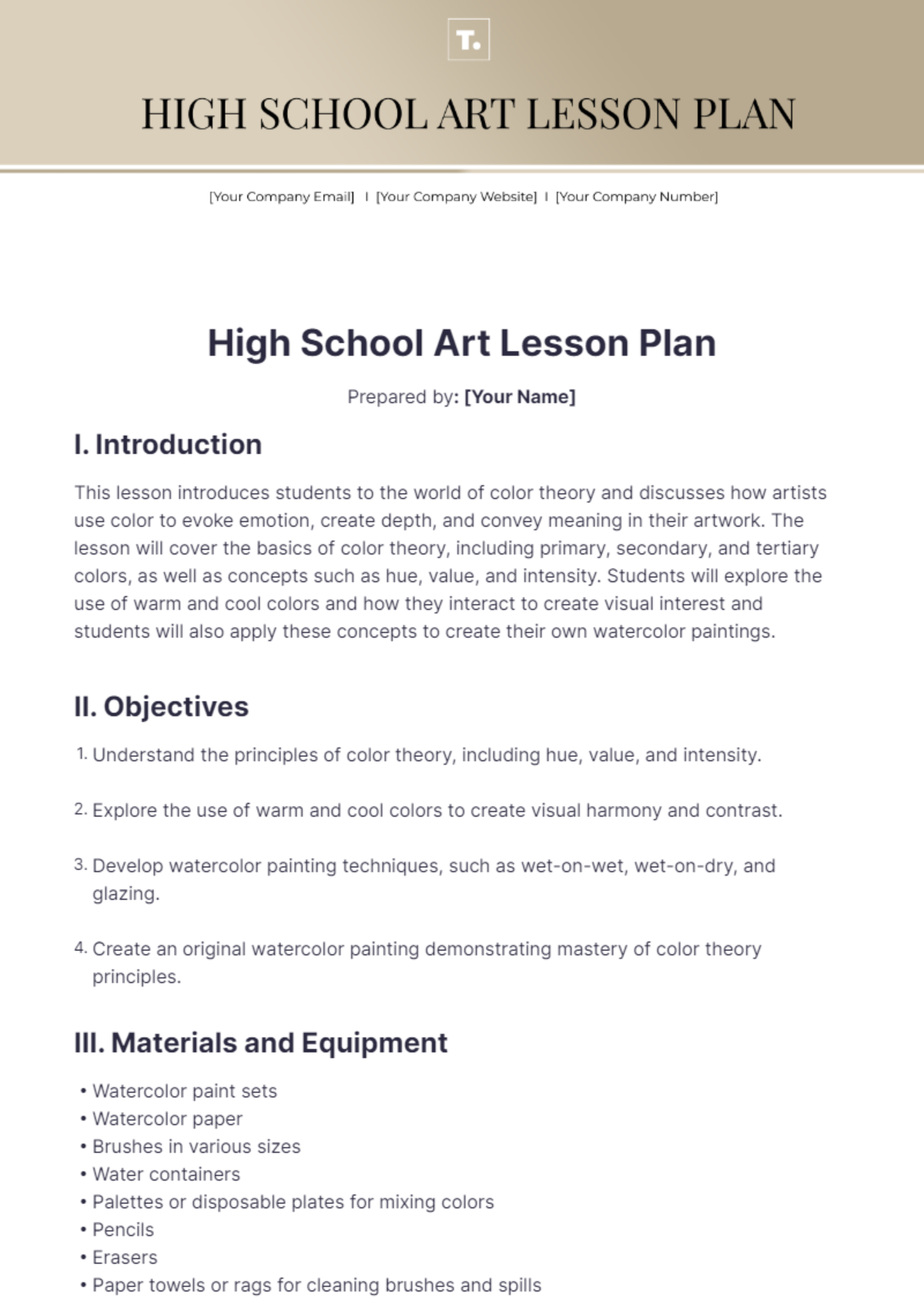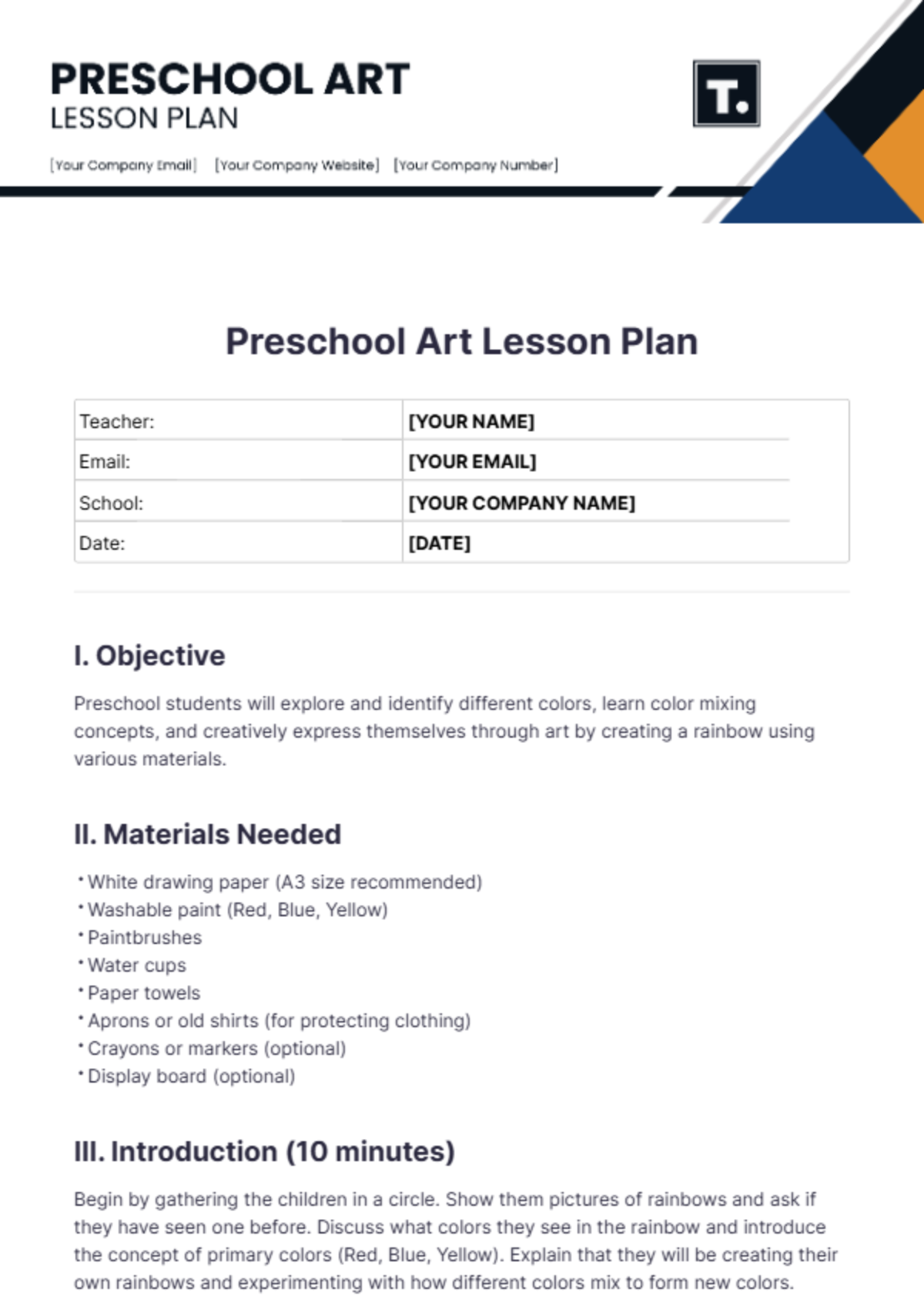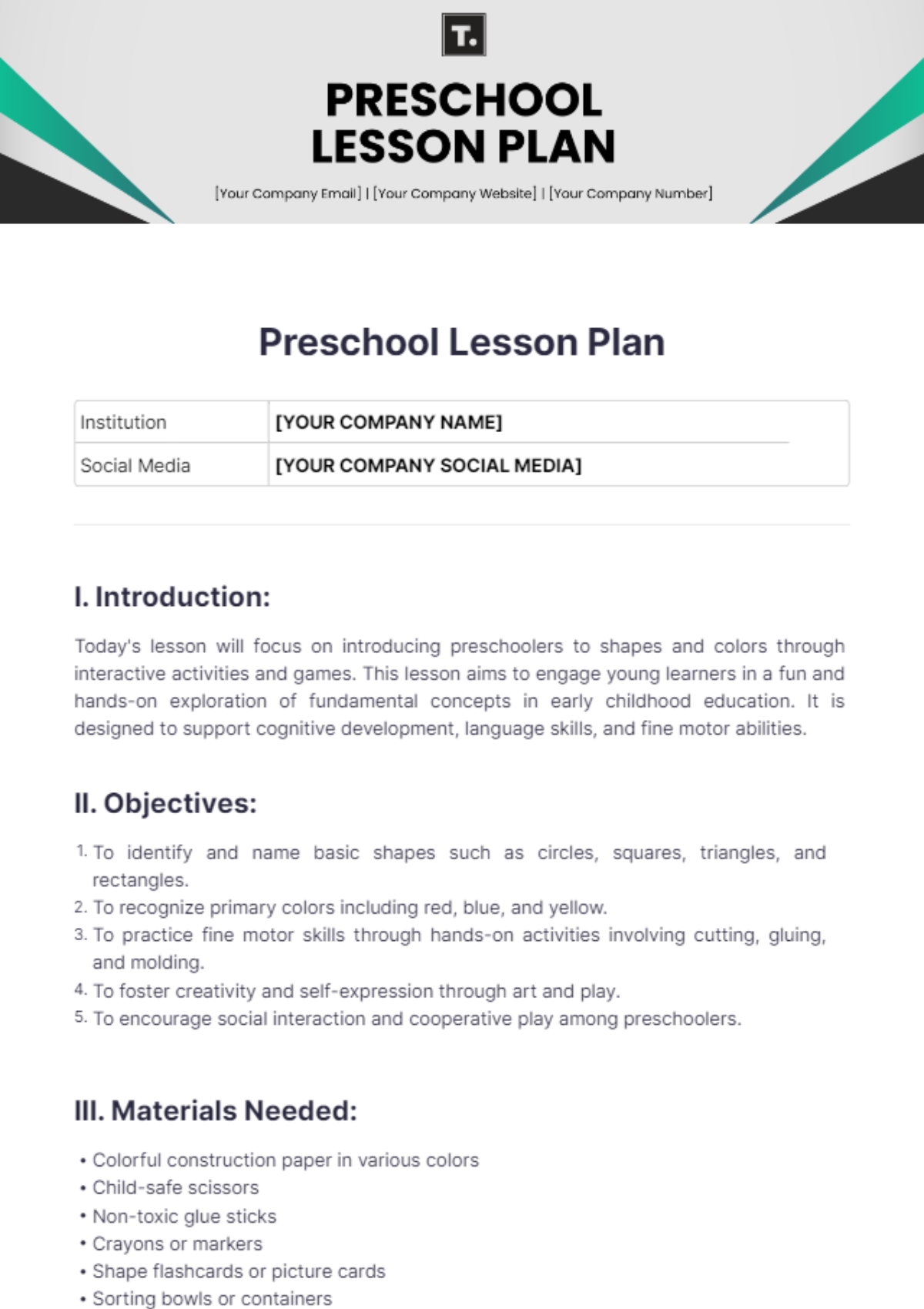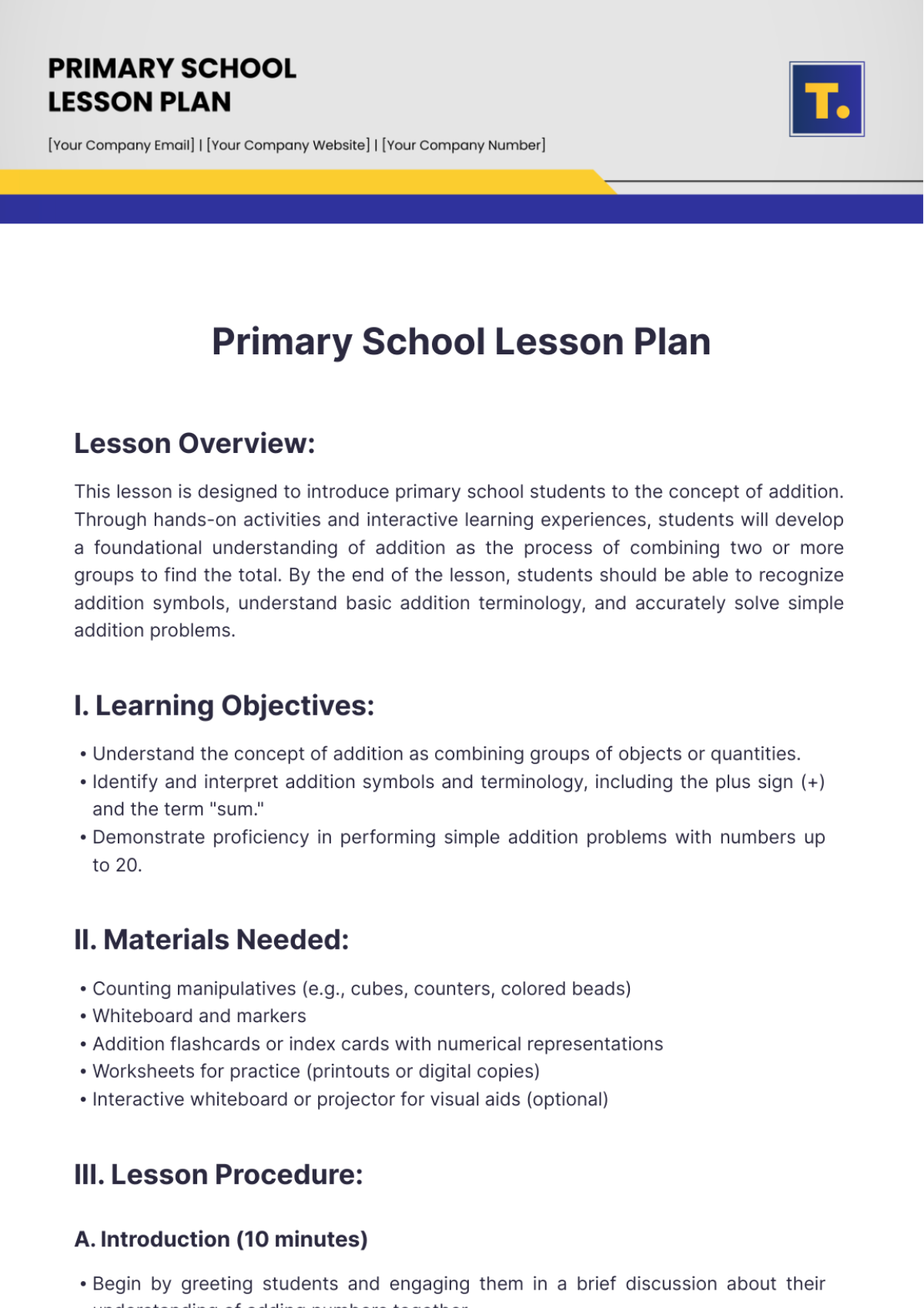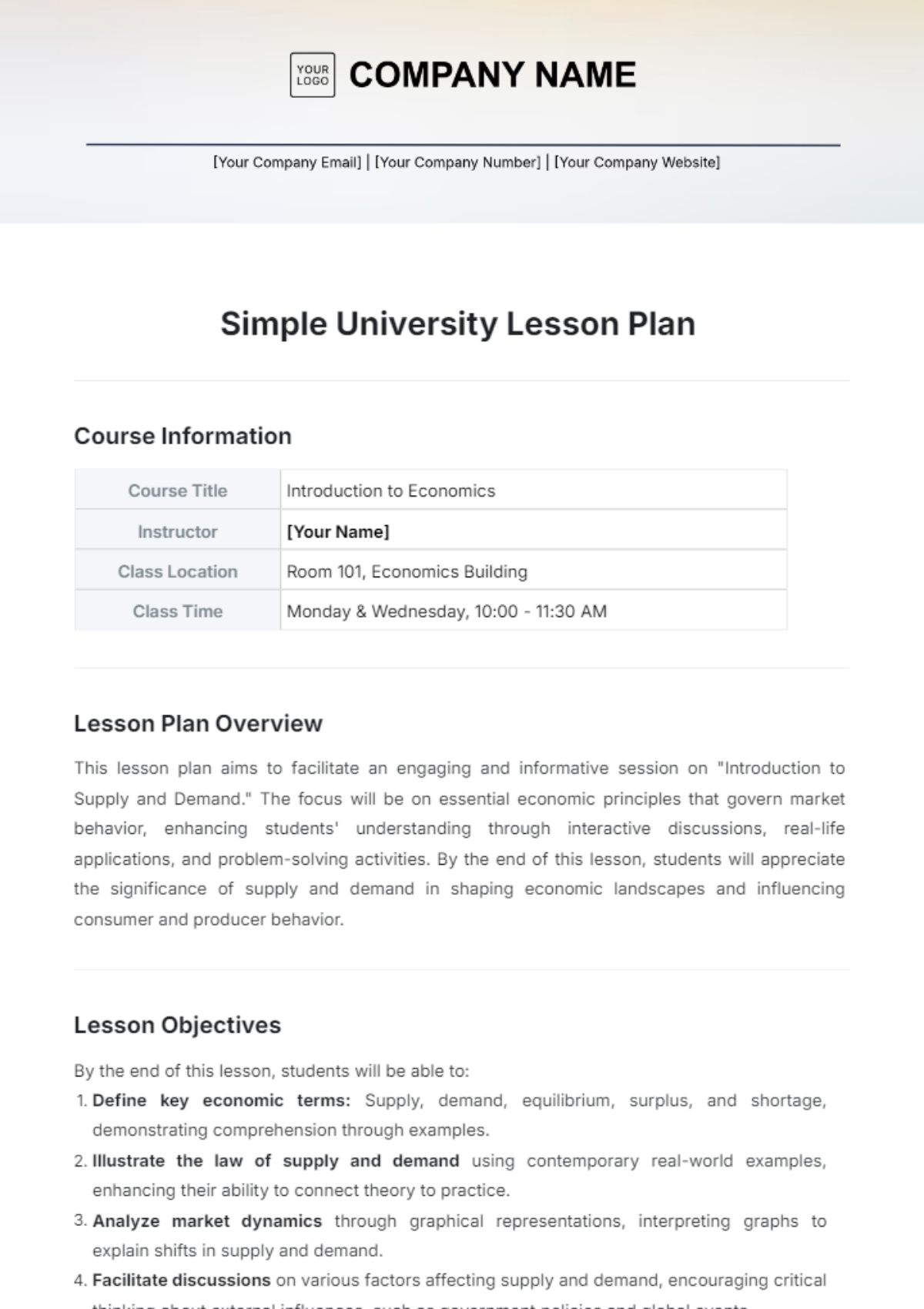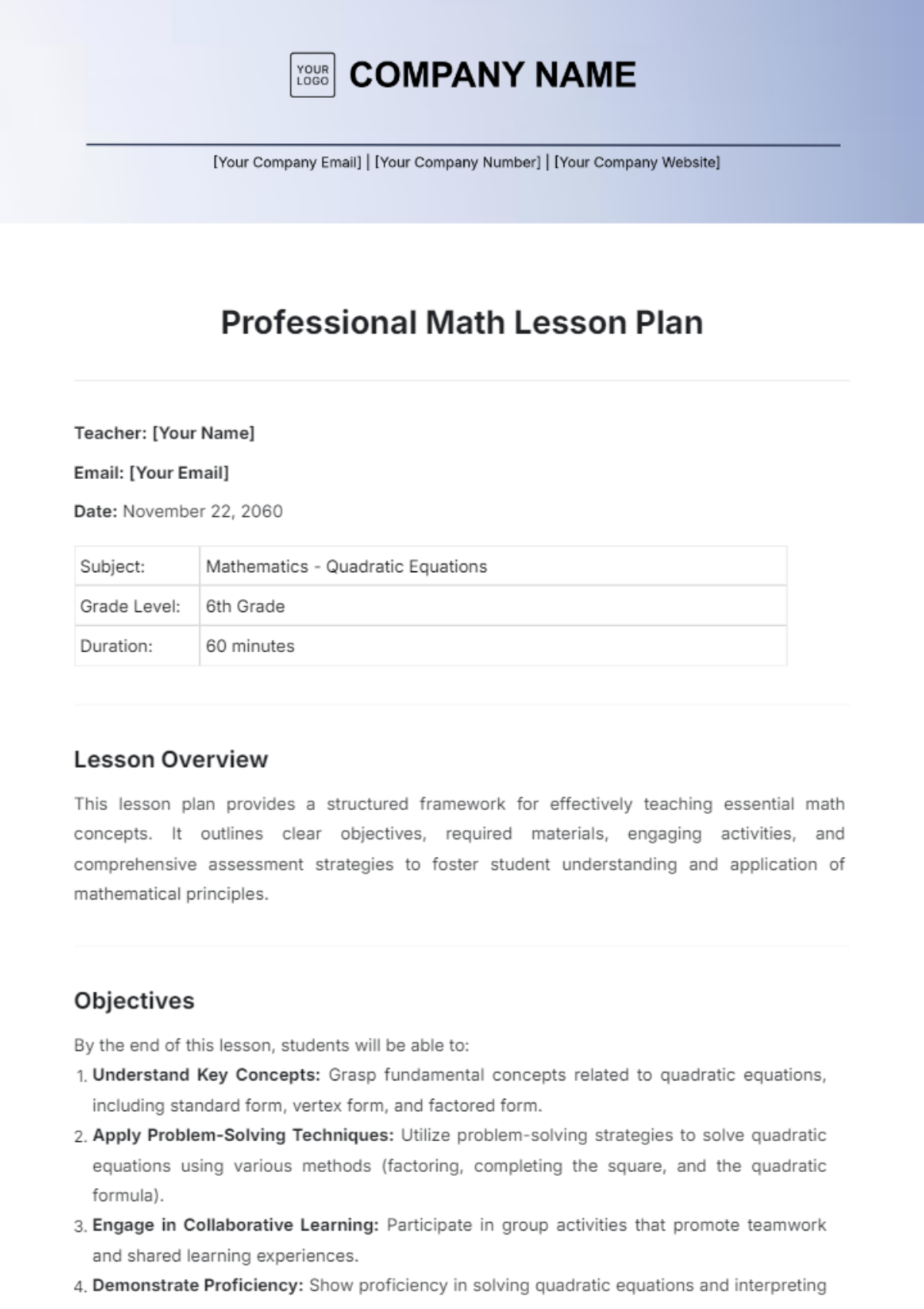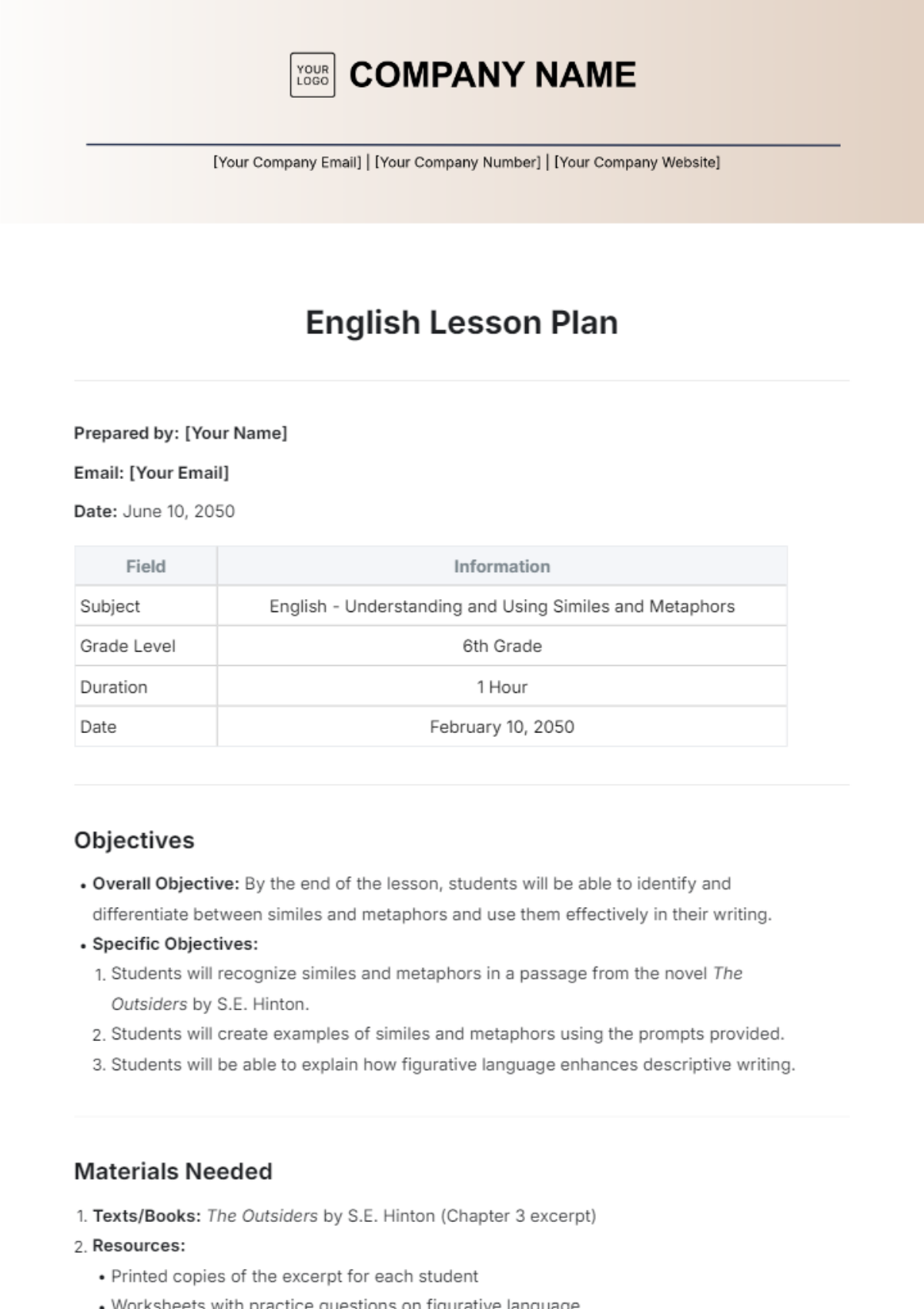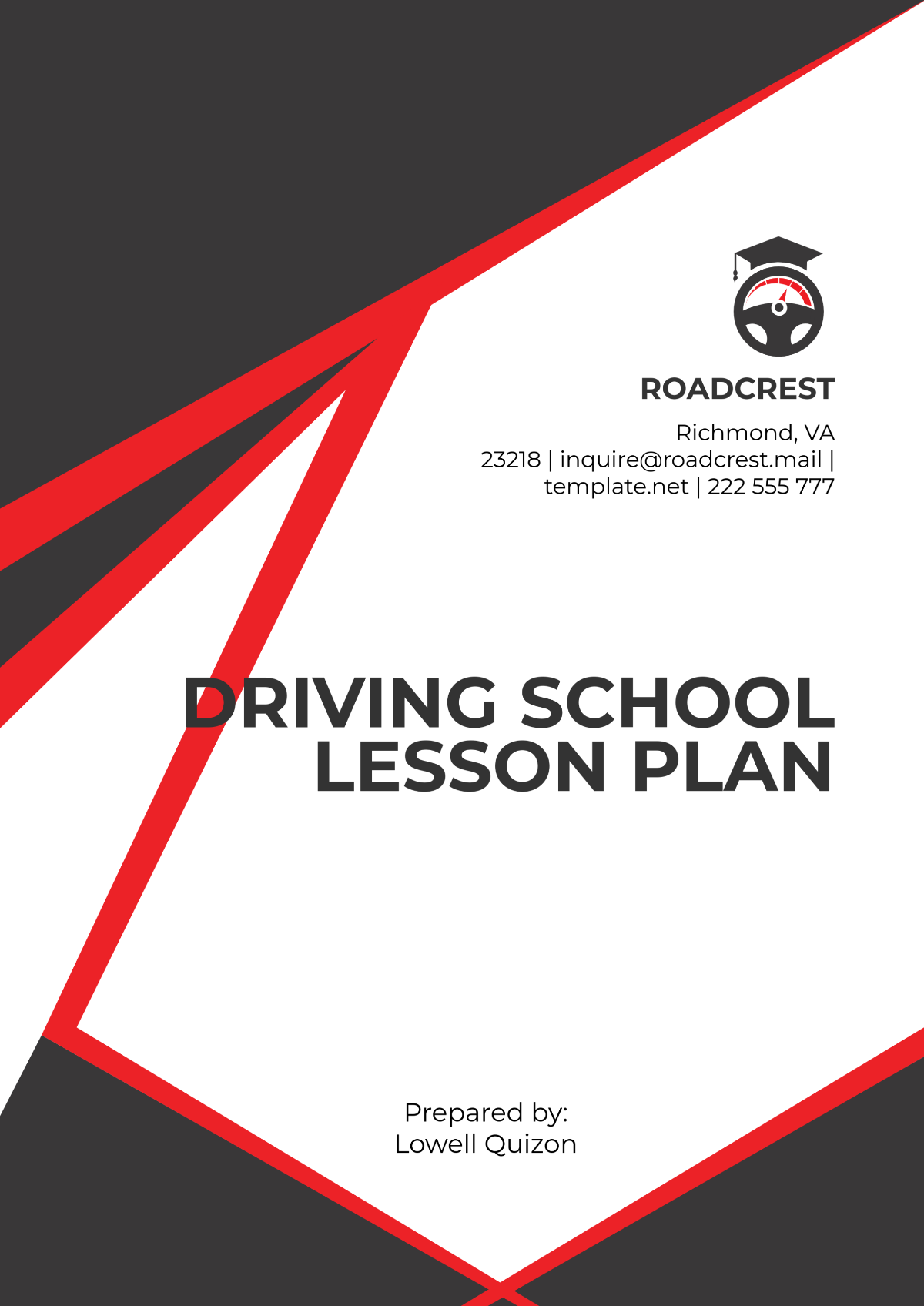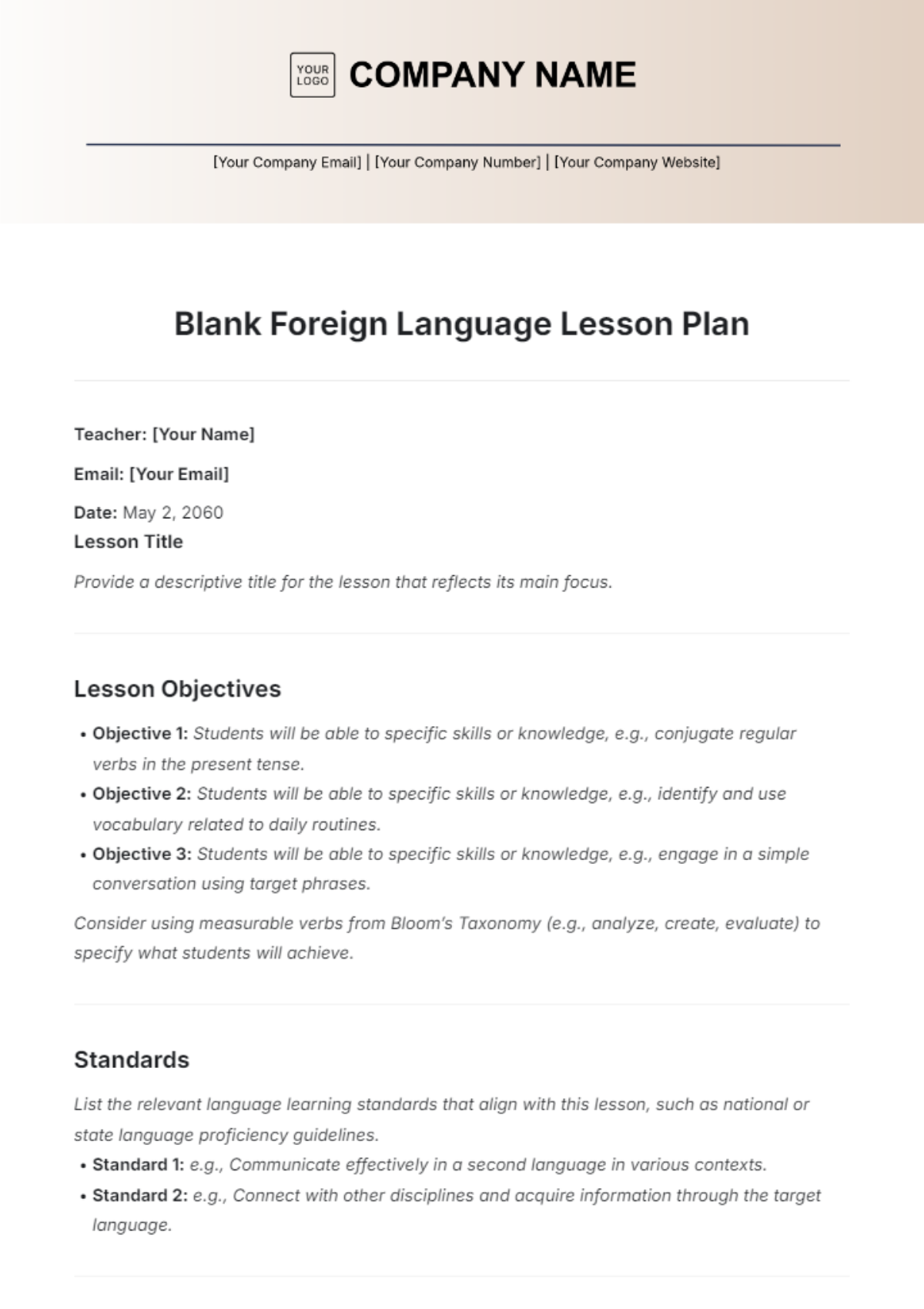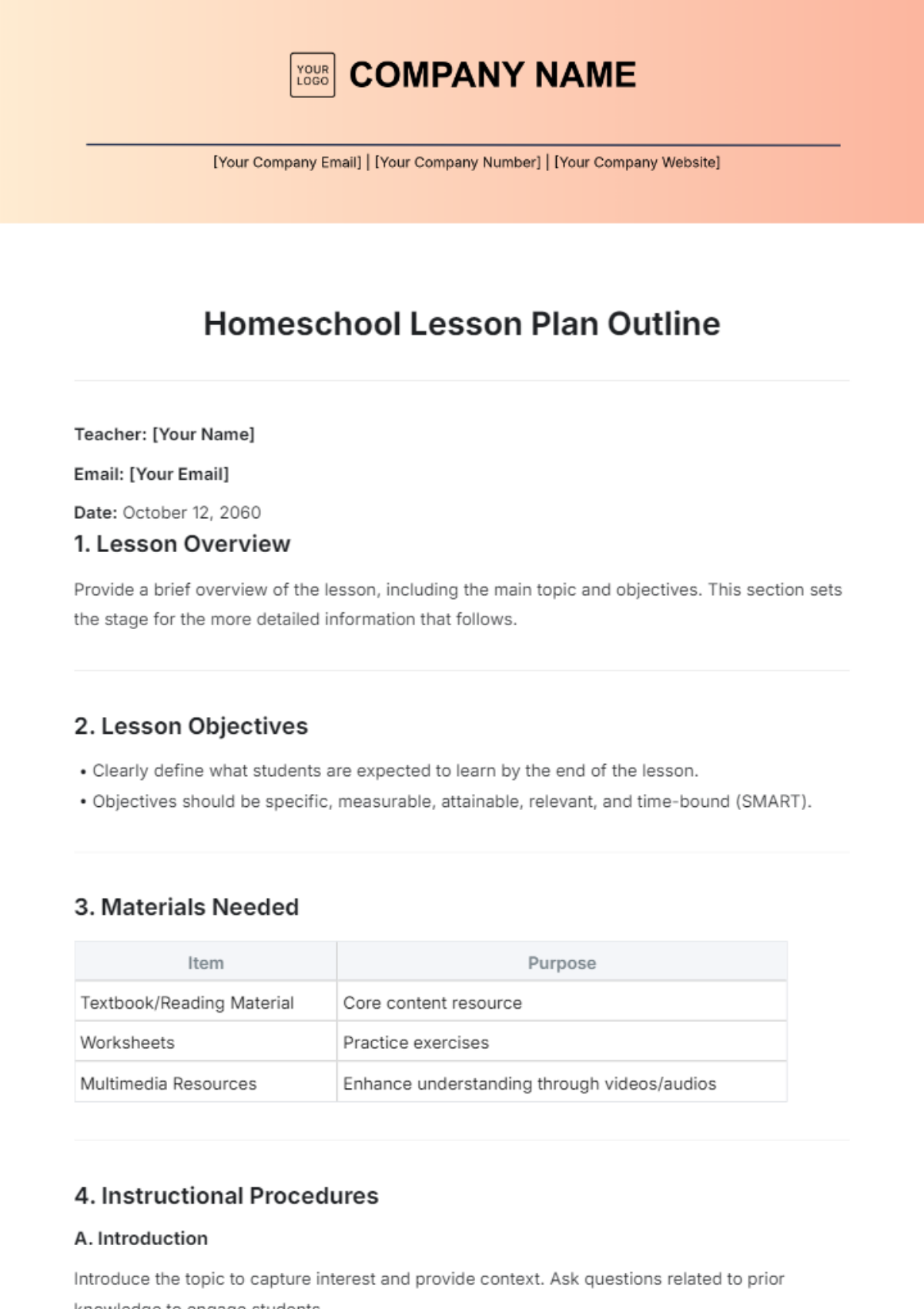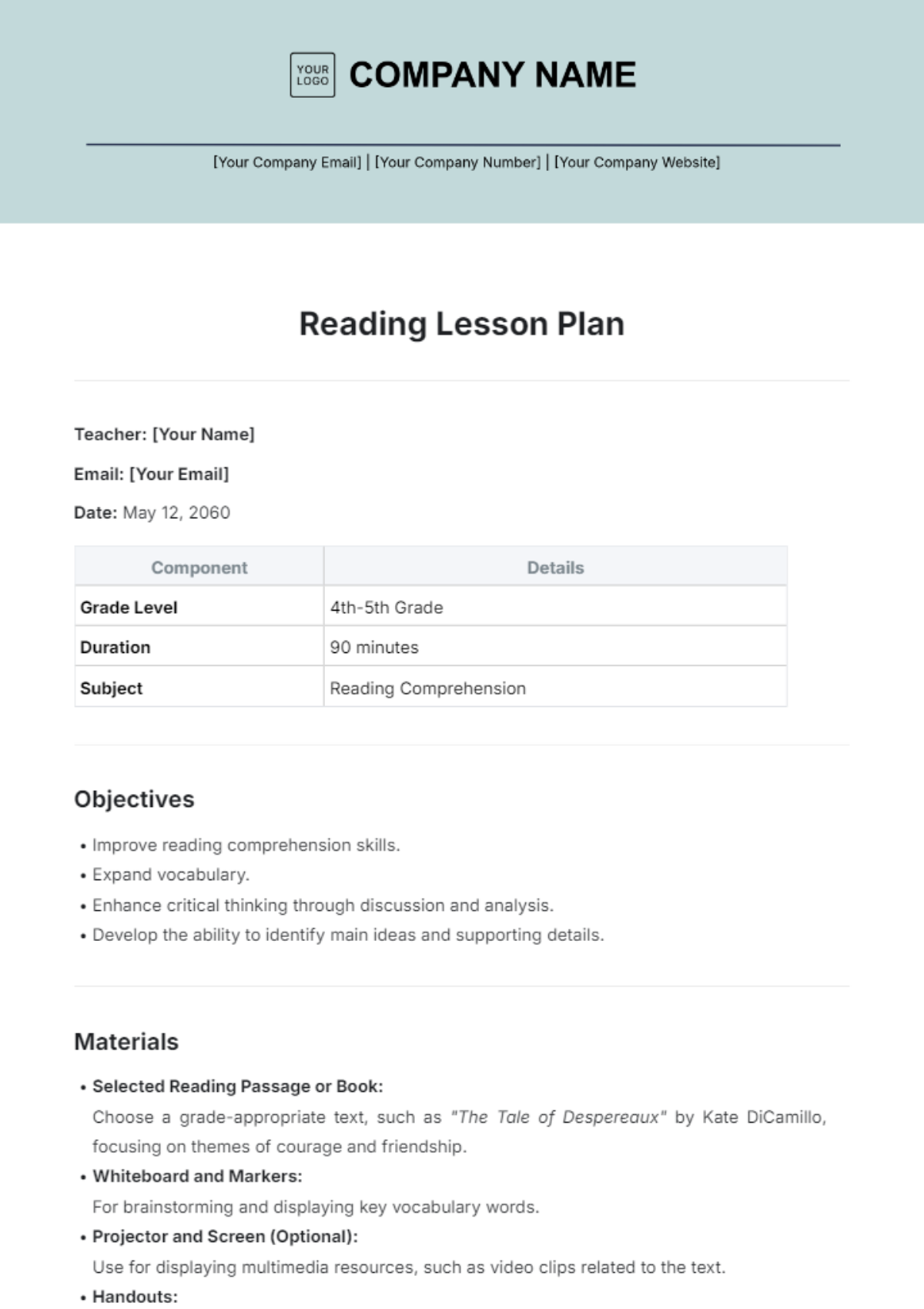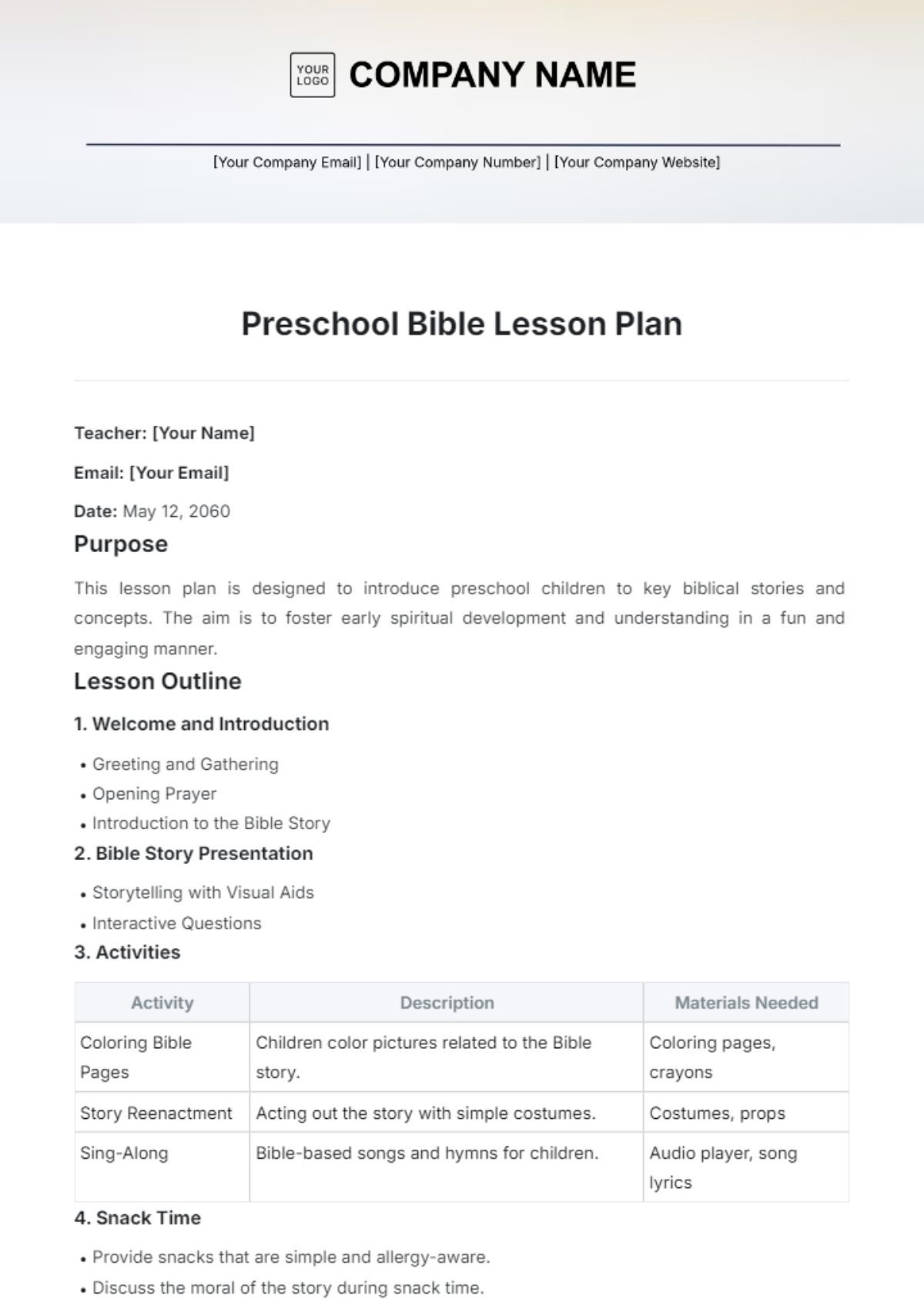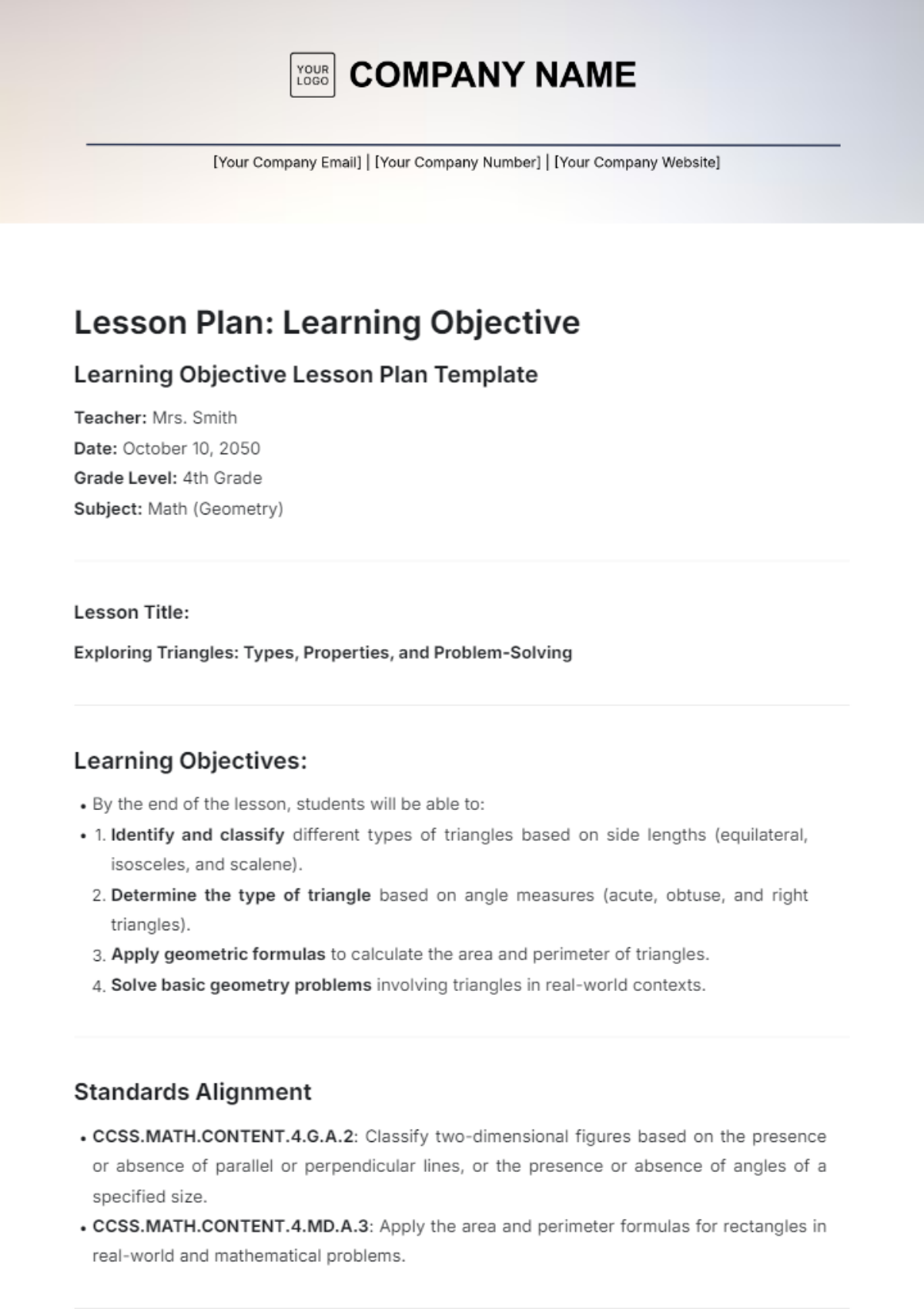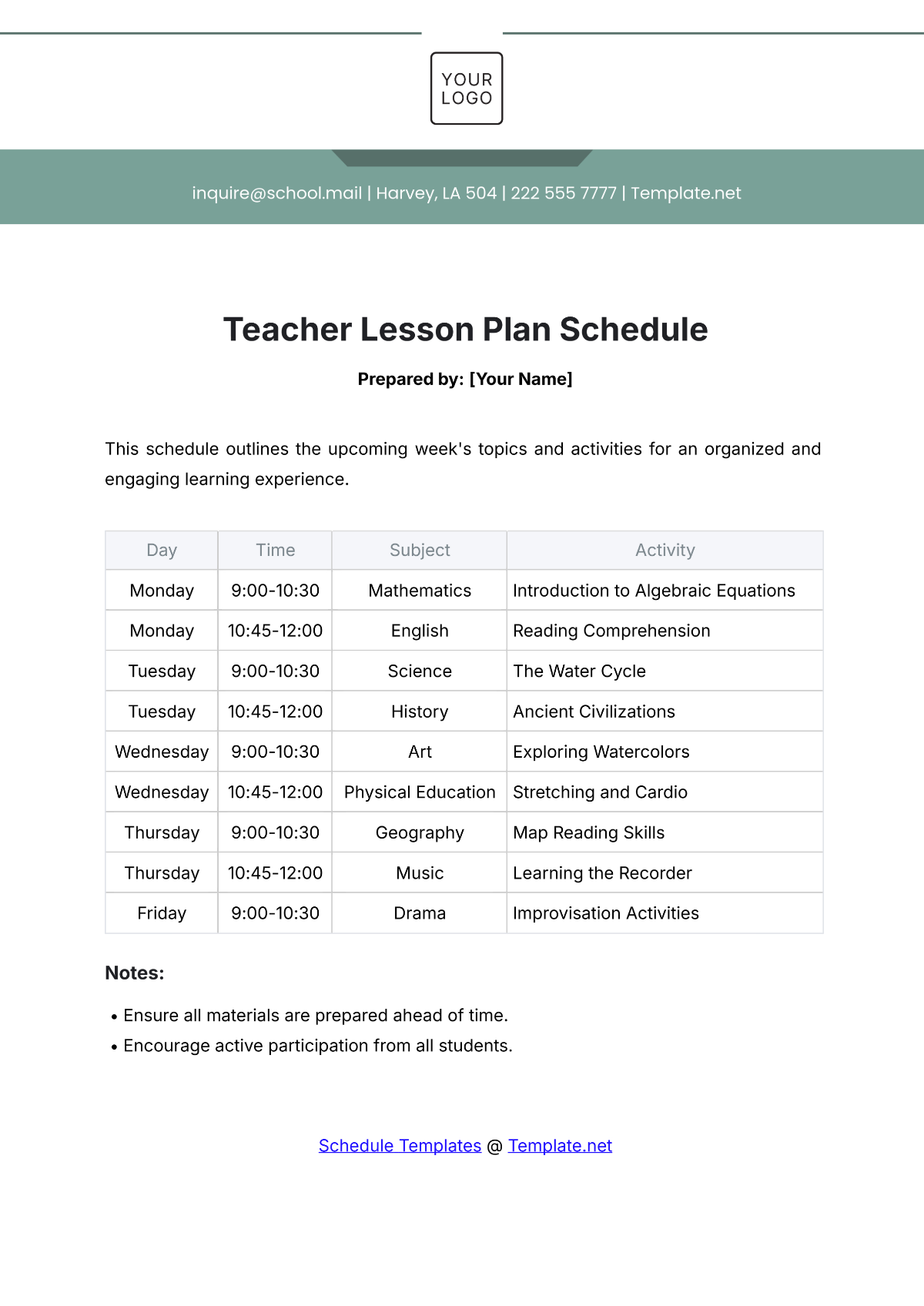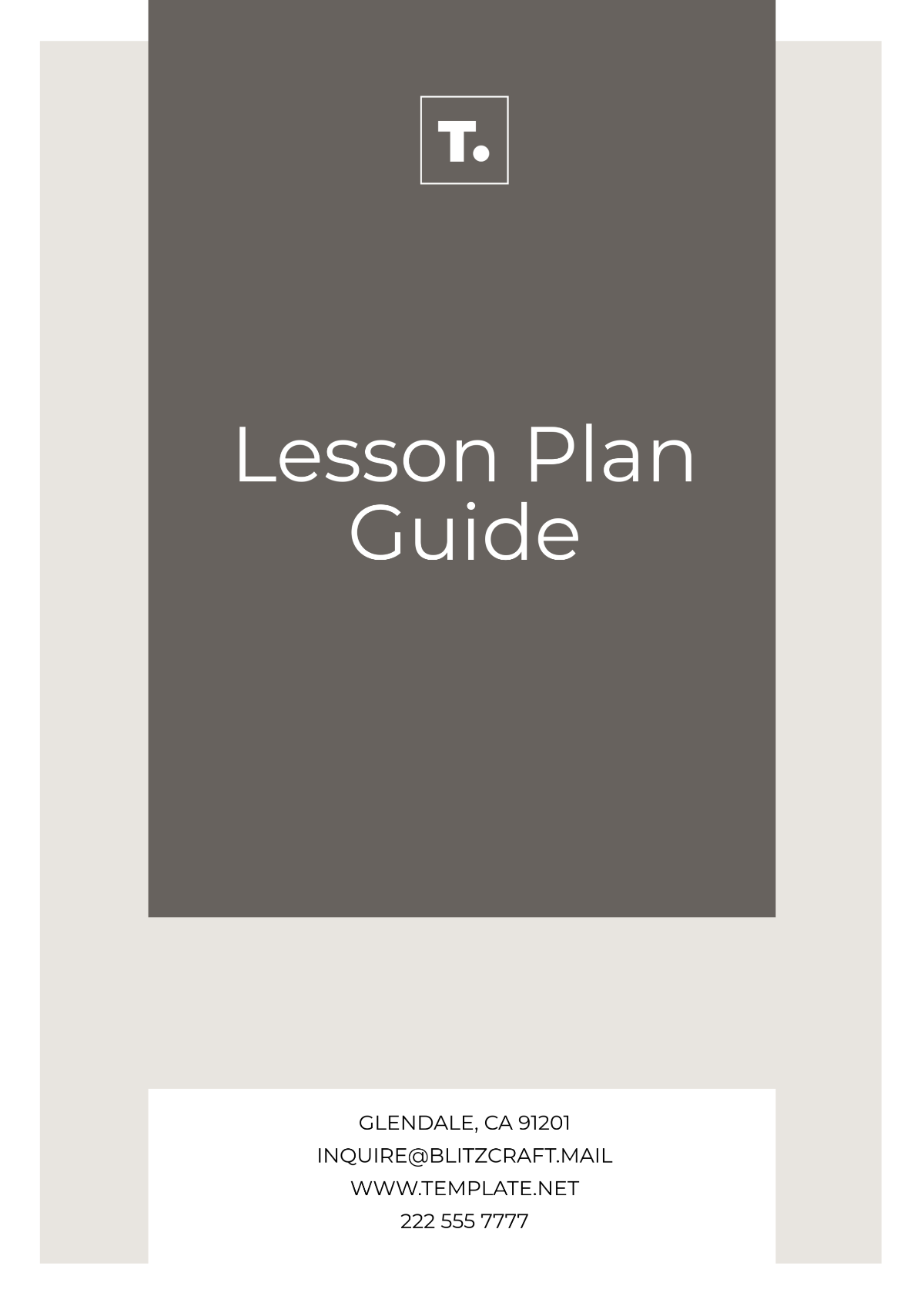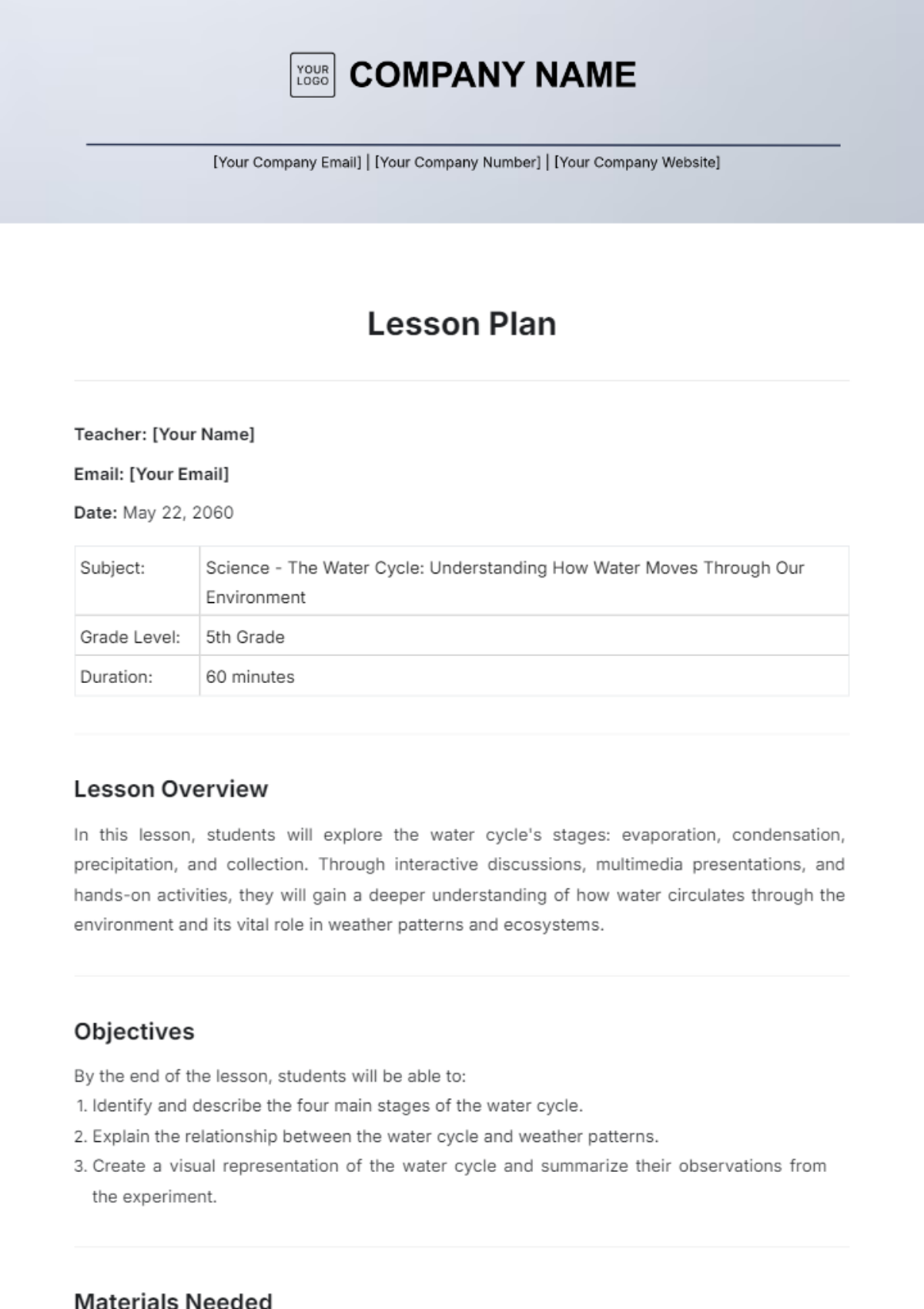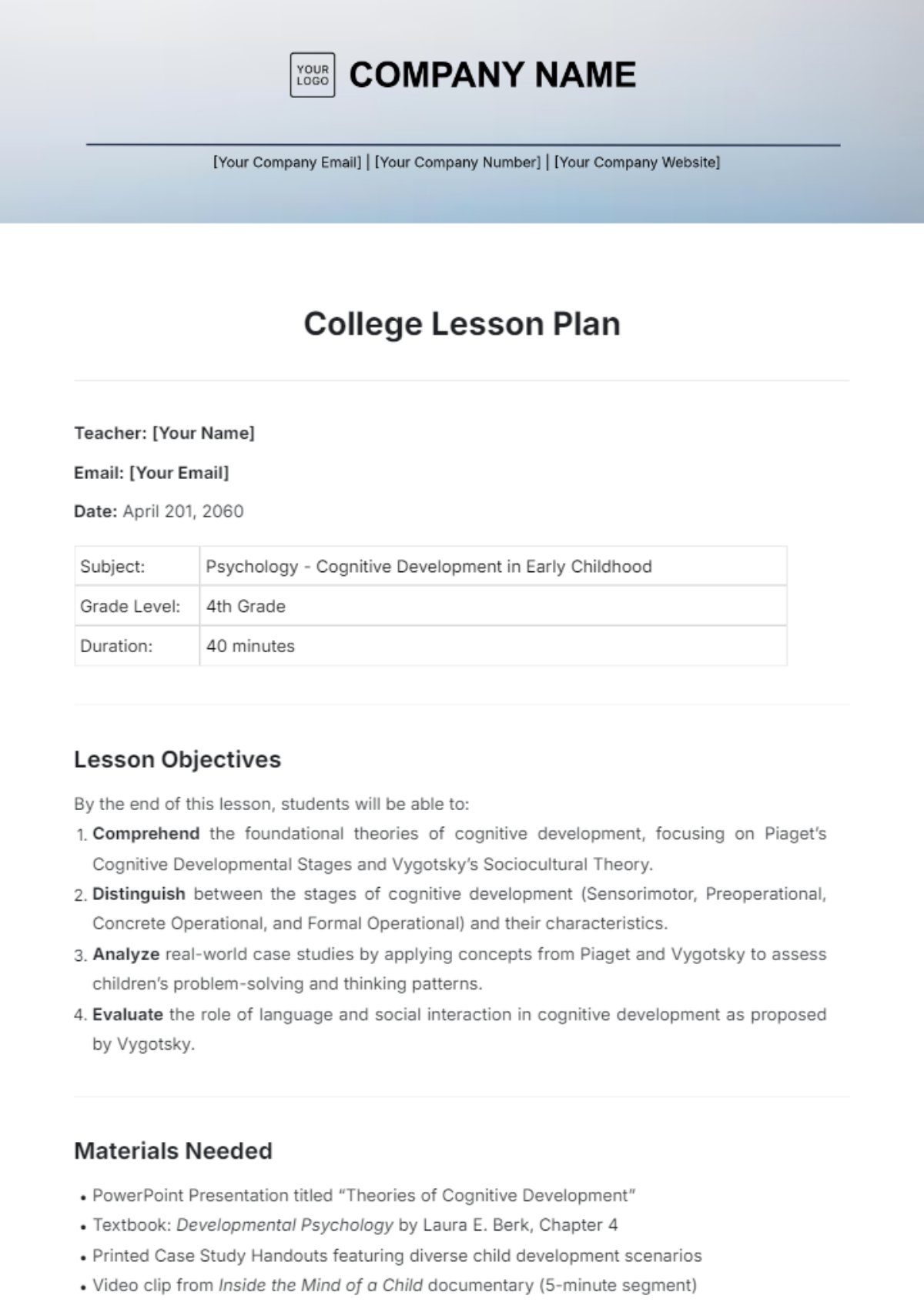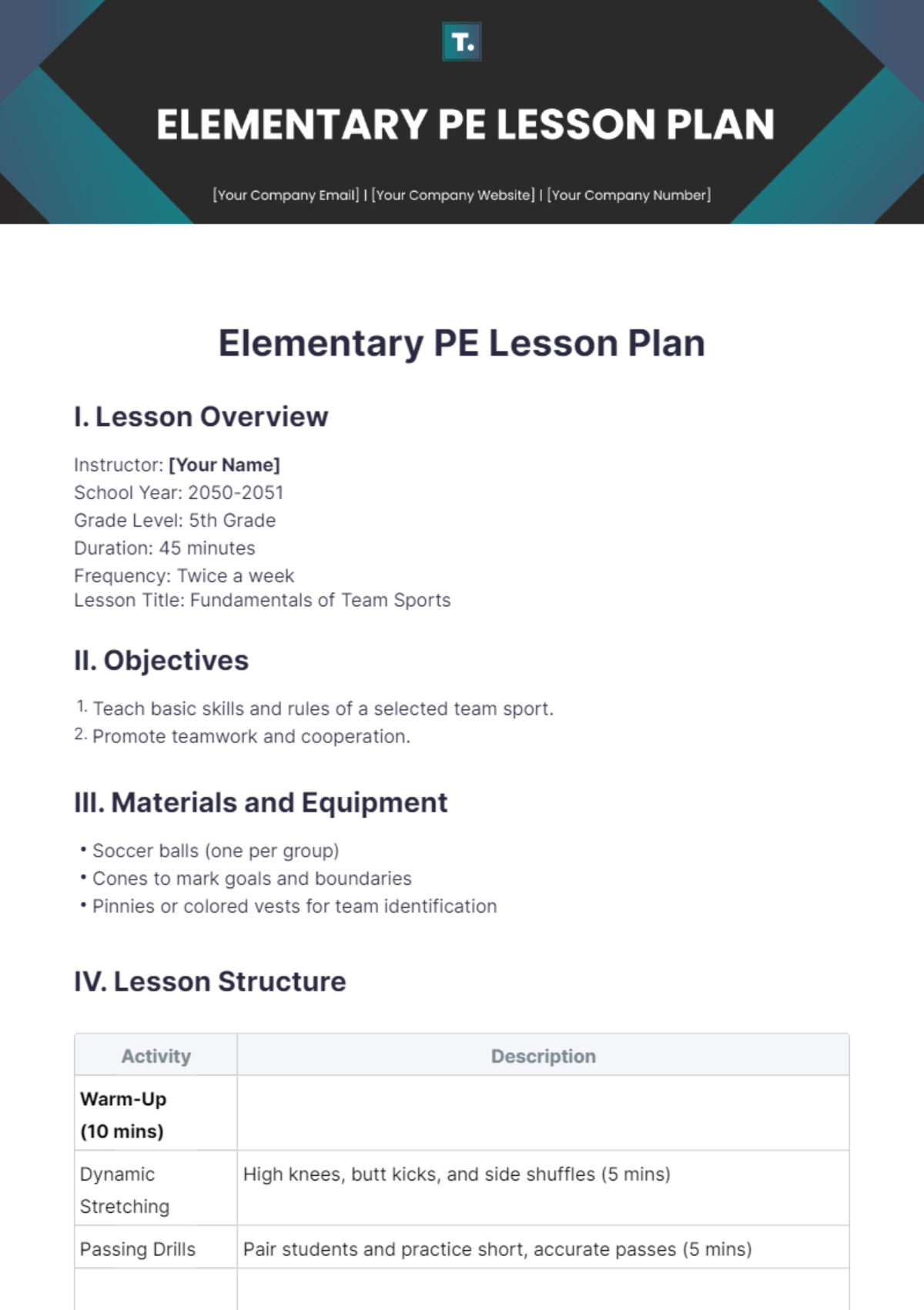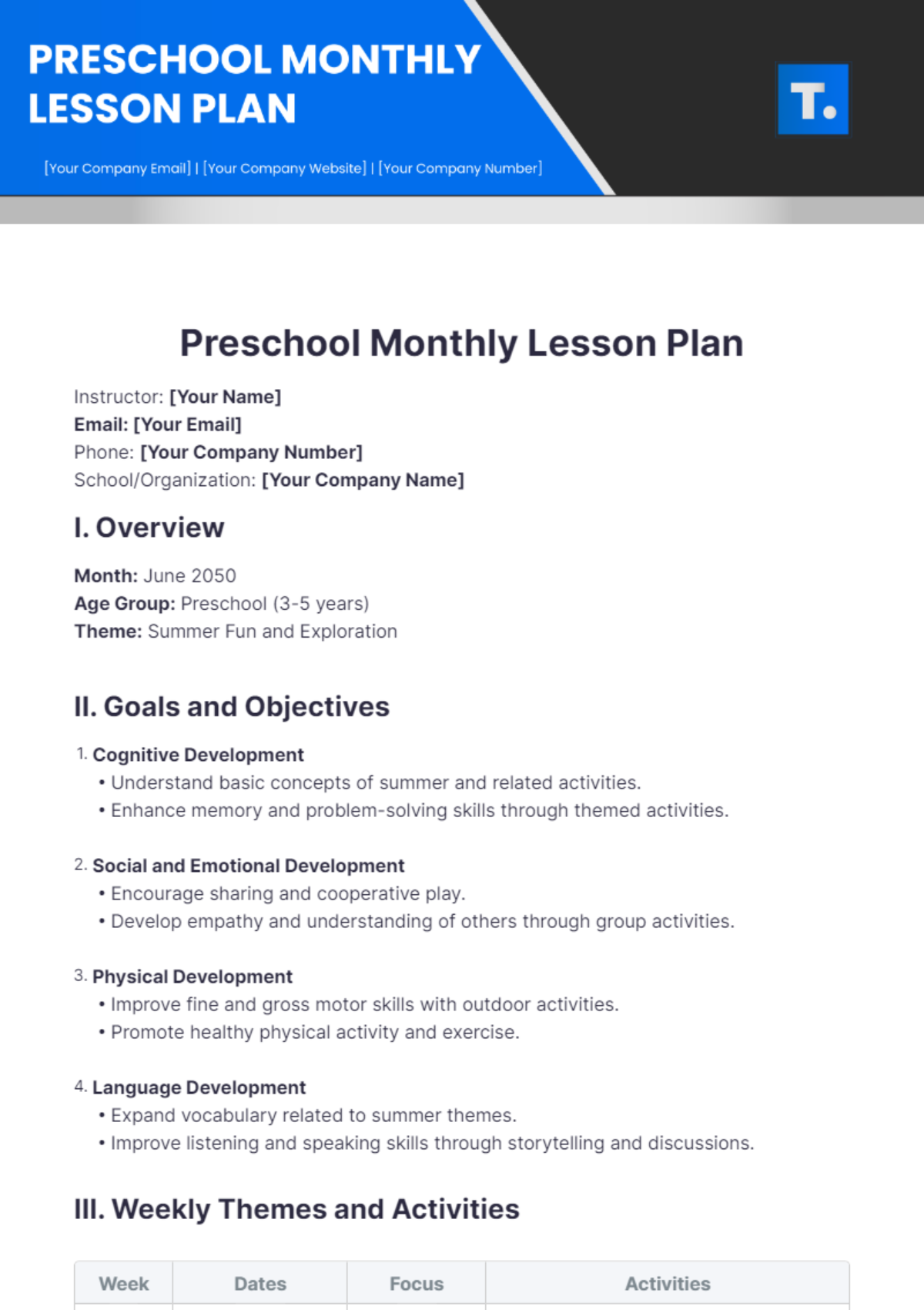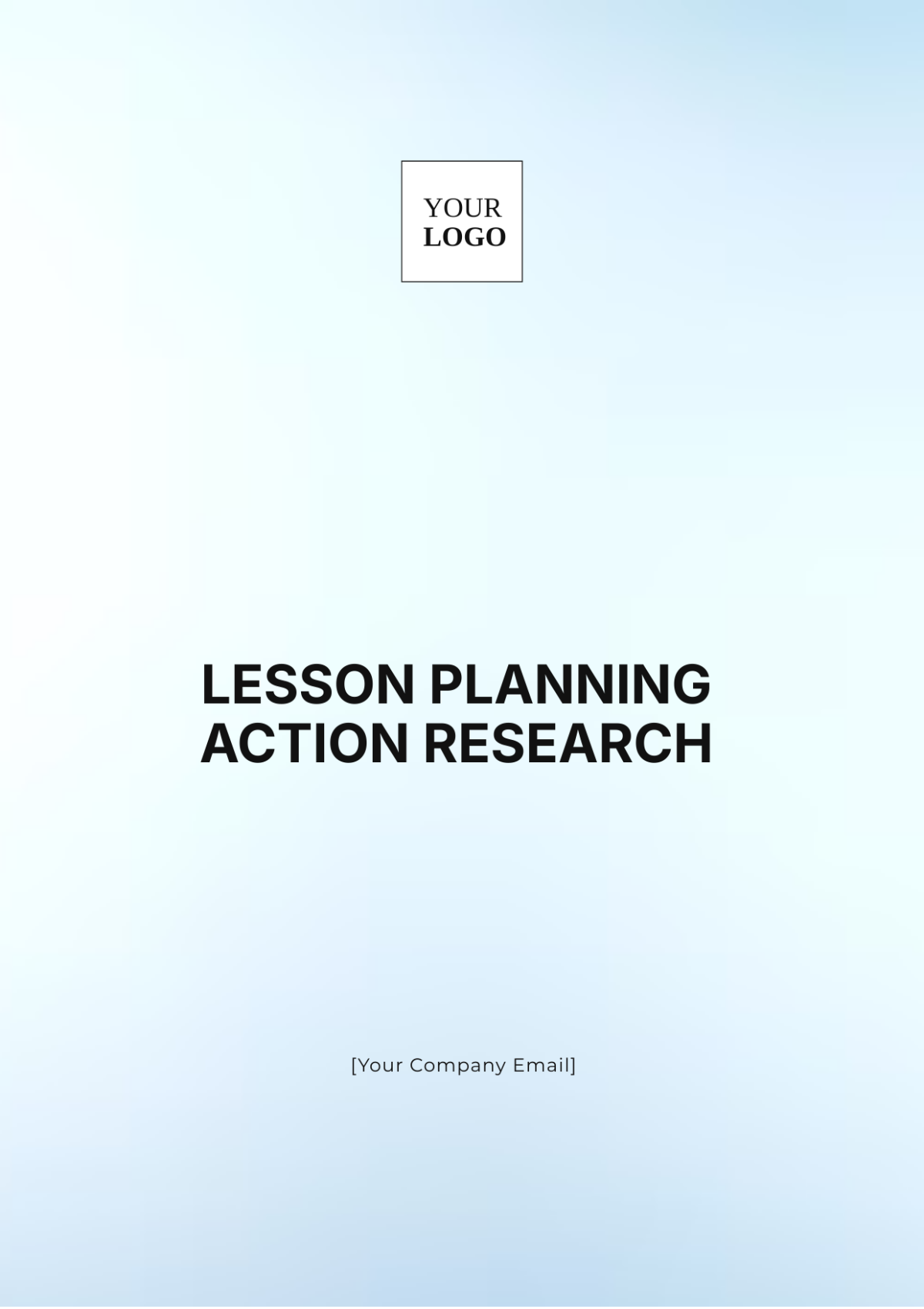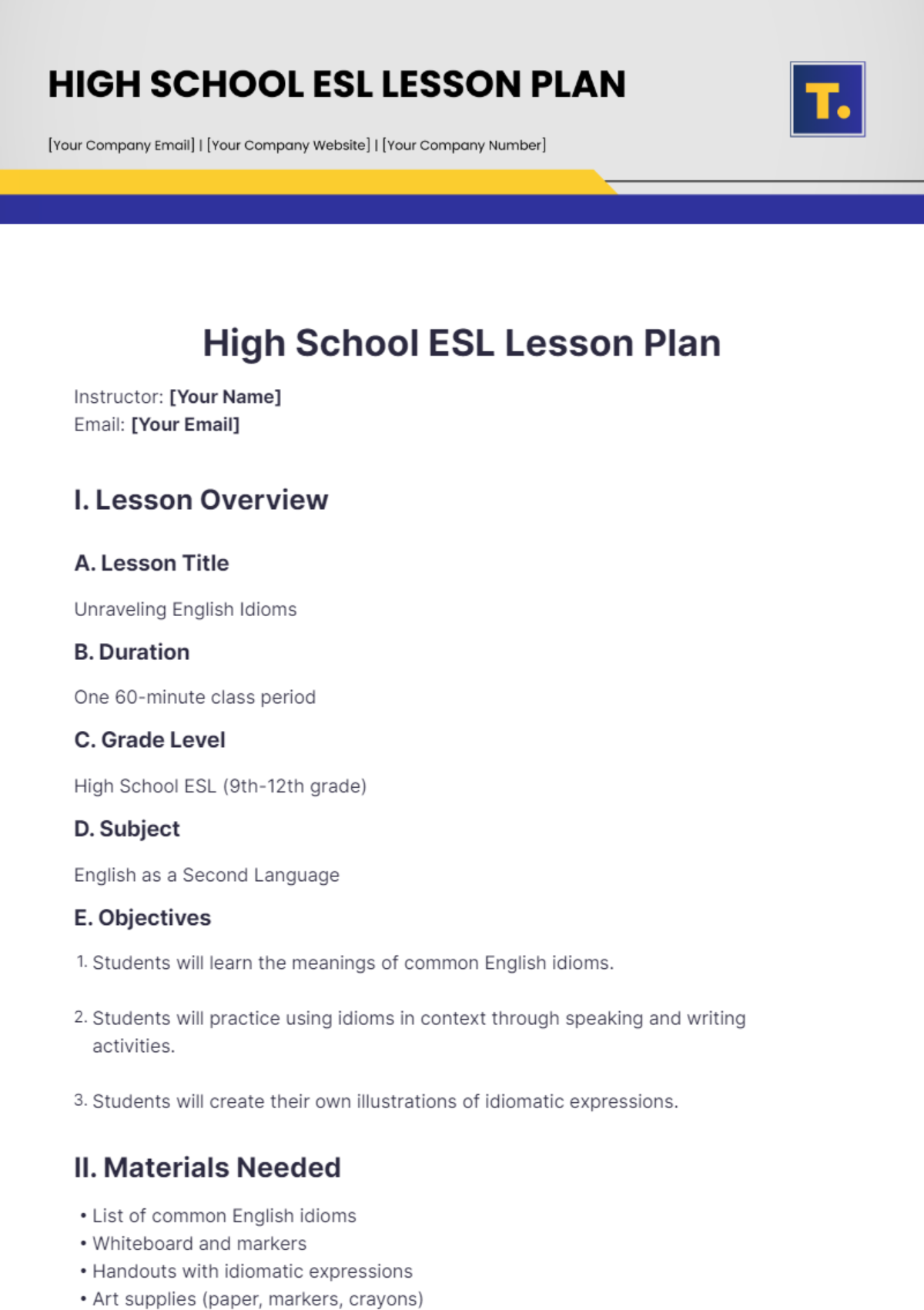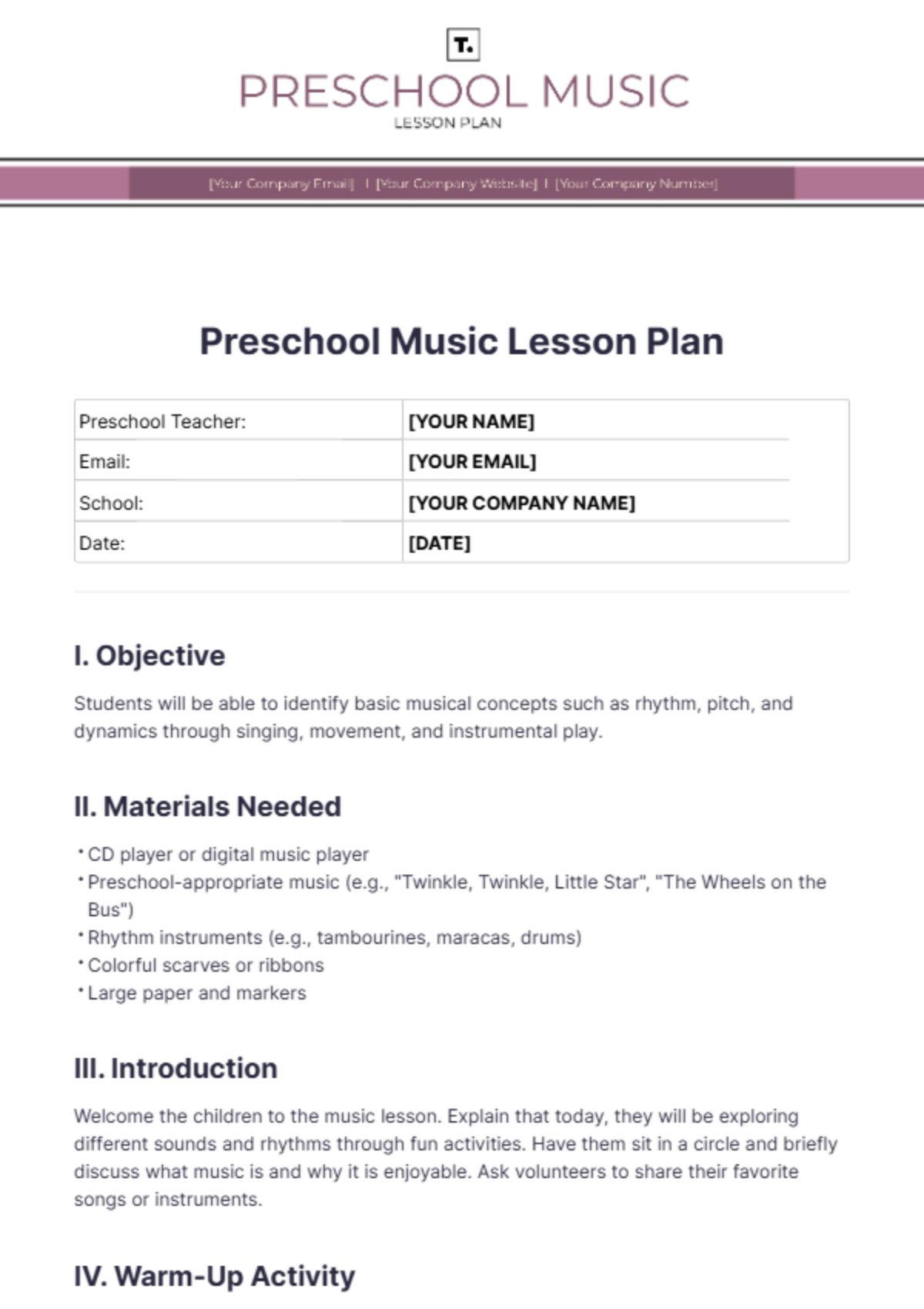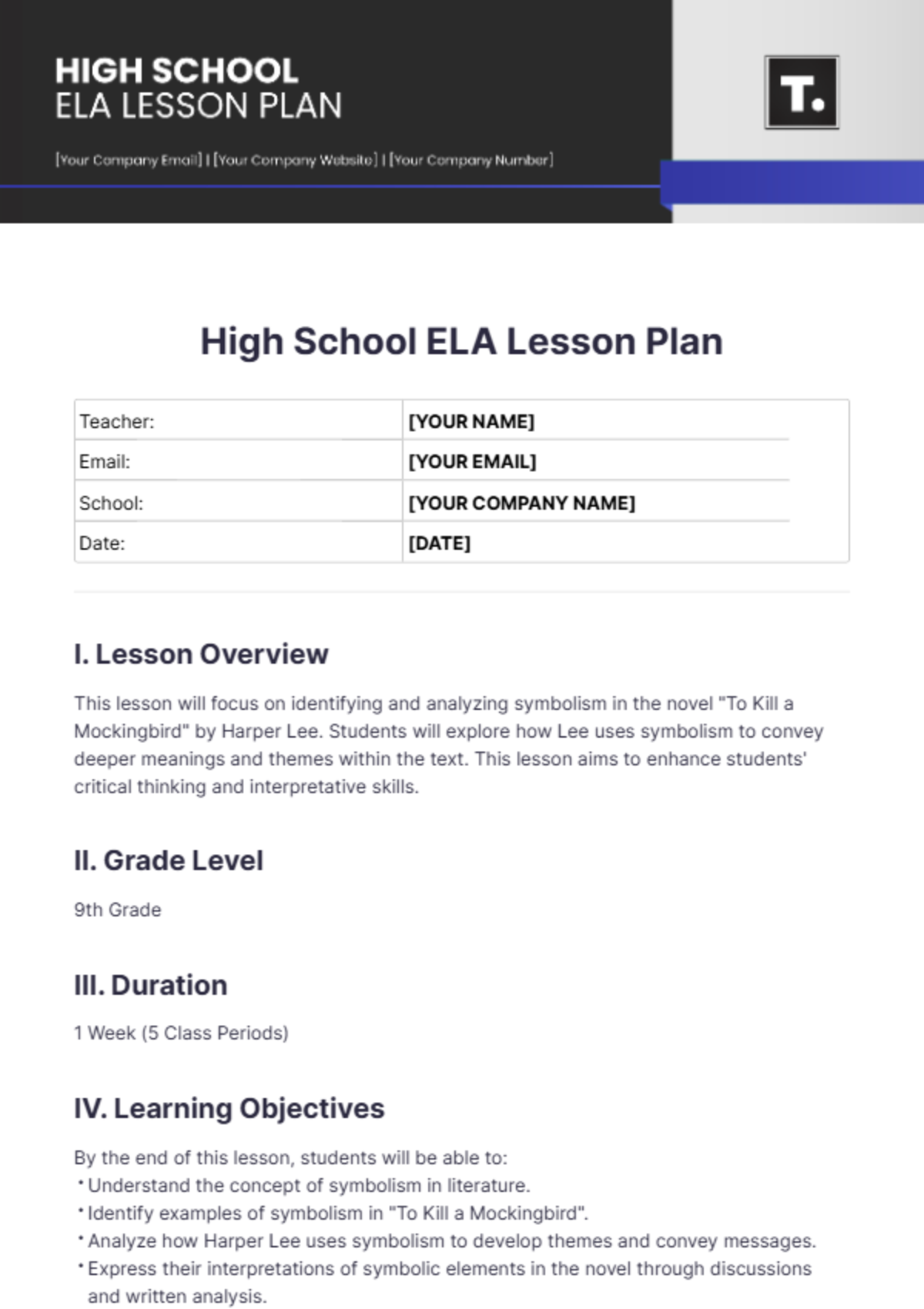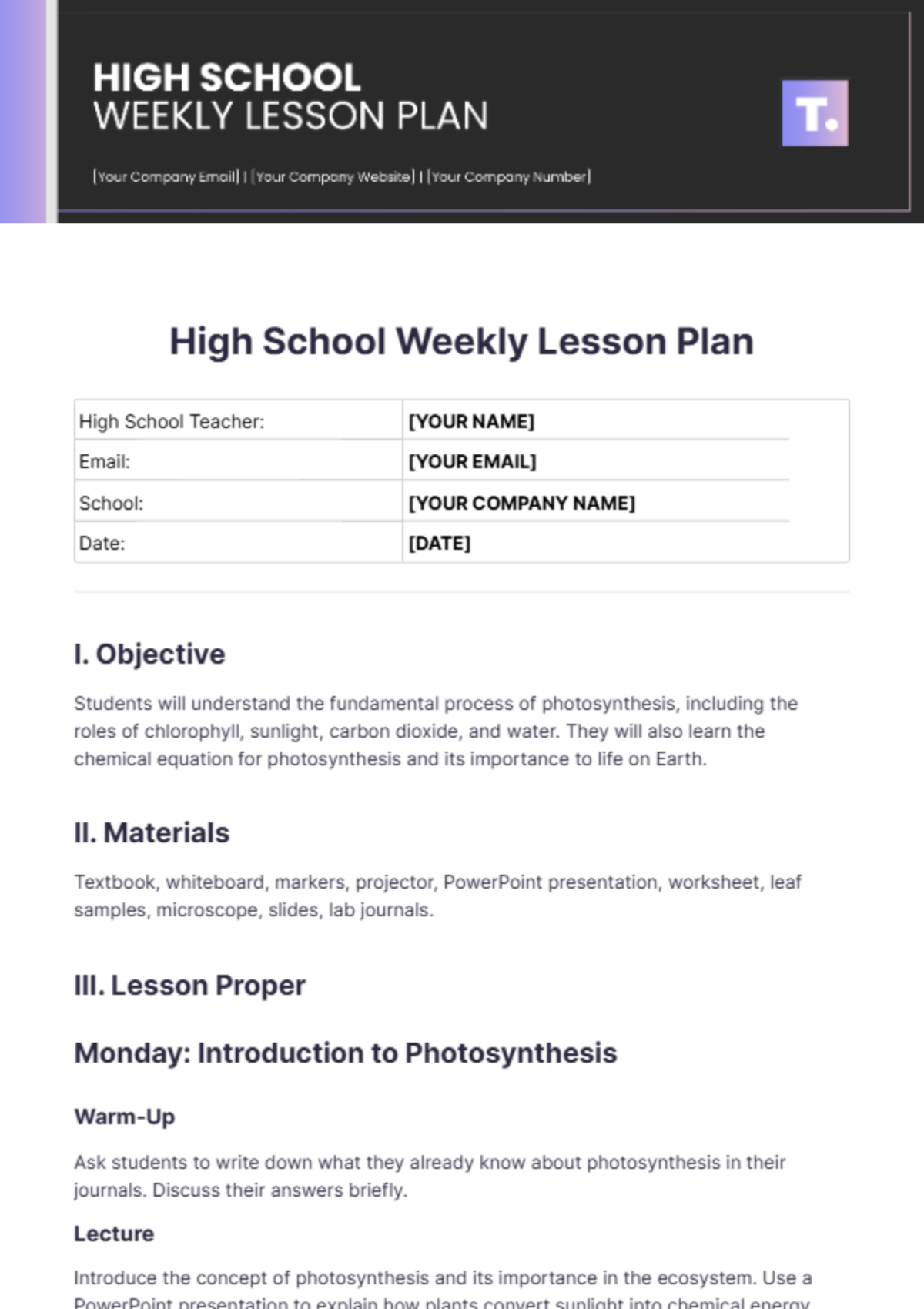Air Cadet Lesson Plan
Lesson Plan Author | [YOUR NAME] |
|---|---|
[YOUR EMAIL] | |
Company Social Media | [YOUR COMPANY SOCIAL MEDIA] |
I. Lesson Overview
In this engaging and informative lesson, cadets will embark on a journey through the captivating history of aviation. Through interactive activities and thought-provoking discussions, cadets will delve into the pivotal moments, remarkable individuals, technological breakthroughs, and profound societal impacts that have shaped the evolution of aviation over the centuries. By the end of the lesson, cadets will not only have a deeper understanding of aviation history but also a heightened appreciation for the significance of aviation in shaping the modern world.
II. Learning Objectives
Understand the significance of key events in aviation history, such as the Wright brothers' first powered flight and the Space Race.
Identify important figures in the development of aviation, including pioneers like Amelia Earhart and innovators like Igor Sikorsky.
Describe major technological advancements that have revolutionized aviation, such as the invention of the jet engine and the advent of supersonic flight.
Analyze the multifaceted impact of aviation on society and global transportation, considering factors like economic growth, cultural exchange, and environmental sustainability.
III. Materials Needed
Dynamic presentation slides featuring compelling visuals and engaging content
Whiteboard and markers for interactive discussions and brainstorming sessions
Printed handouts containing timelines, biographical sketches, and key information for reference
Model airplanes or other visual aids to demonstrate the evolution of aircraft design and technology
Access to online resources for conducting research and exploring supplementary materials
IV. Lesson Content
A. Introduction to Aviation History (30 minutes)
Opening Discussion: Kickstart the lesson by inviting cadets to share their thoughts and perceptions about aviation. Encourage them to reflect on their personal experiences with flying and their curiosity about the history of flight.
Overview of Key Milestones: Utilize engaging visuals and anecdotes to provide cadets with an overview of significant events in aviation history, ranging from the Wright brothers' historic flight at Kitty Hawk to the Apollo moon landings.
B. Exploration of Important Figures (20 minutes)
Research Activity: Divide cadets into small groups and assign each group a prominent figure in aviation history, such as the daring aviator Amelia Earhart or the visionary engineer Wilbur Wright. Task each group with conducting research to uncover fascinating details about their assigned figure's life and contributions to aviation.
Group Presentations: Encourage each group to present their findings to the class, showcasing the remarkable achievements and enduring legacies of their chosen aviation pioneer. Foster lively discussions and peer interactions to deepen understanding and appreciation.
C. Technological Advancements (25 minutes)
Interactive Timeline: Display a visually captivating timeline of major technological advancements in aviation, spanning from the early days of biplanes to the cutting-edge innovations of the space age. Engage cadets in an interactive discussion about how these advancements have transformed the capabilities and possibilities of flight.
Model Demonstration: Showcase a selection of model airplanes representing key milestones in aviation history, from the iconic Wright Flyer to sleek supersonic jets. Encourage cadets to examine the evolution of aircraft design and technology and discuss the impact of these innovations on aviation.
D. Impact on Society (25 minutes)
Group Activity: Pair cadets together and task them with exploring the societal impact of aviation through a collaborative activity. Prompt cadets to consider how aviation has influenced global connectivity, economic development, cultural exchange, and environmental sustainability.
Class Discussion: Facilitate a dynamic class discussion where cadets share their insights and perspectives on the societal implications of aviation. Encourage critical thinking and empathy as cadets explore the complex interplay between aviation and society.
E. Future of Aviation (20 minutes)
Presentation: Provide cadets with a glimpse into the future of aviation by showcasing emerging technologies and trends, such as electric aircraft, autonomous drones, and space tourism. Stimulate cadets' imagination and curiosity about the possibilities that lie ahead in the ever-evolving field of aviation.
Group Brainstorming: Divide cadets into small groups and challenge them to envision innovative solutions to current challenges in aviation, such as reducing carbon emissions, enhancing safety measures, and expanding access to air travel. Encourage creativity and collaboration as cadets brainstorm and present their ideas to the class.
V. Assessment
Quiz: Administer a thoughtfully crafted quiz to assess cadets' comprehension of key concepts covered in the lesson, including significant events, important figures, technological advancements, societal impacts, and future trends in aviation.
Reflection Paper: Assign cadets the task of writing a reflective essay wherein they analyze their learning experience and insights gained from the lesson. Encourage cadets to articulate their thoughts on the relevance of aviation history and its implications for the future.
VI. Conclusion
In conclusion, this immersive and multifaceted lesson has equipped cadets with a comprehensive understanding of aviation history and its profound significance in shaping the modern world. By exploring key milestones, influential figures, technological advancements, societal impacts, and future possibilities, cadets have embarked on a journey of discovery and enlightenment. As future leaders in aviation and beyond, cadets are empowered to chart a course toward a brighter and more innovative future, grounded in the rich legacy of aviation history.

